-
| Brianza |
| Adda river |
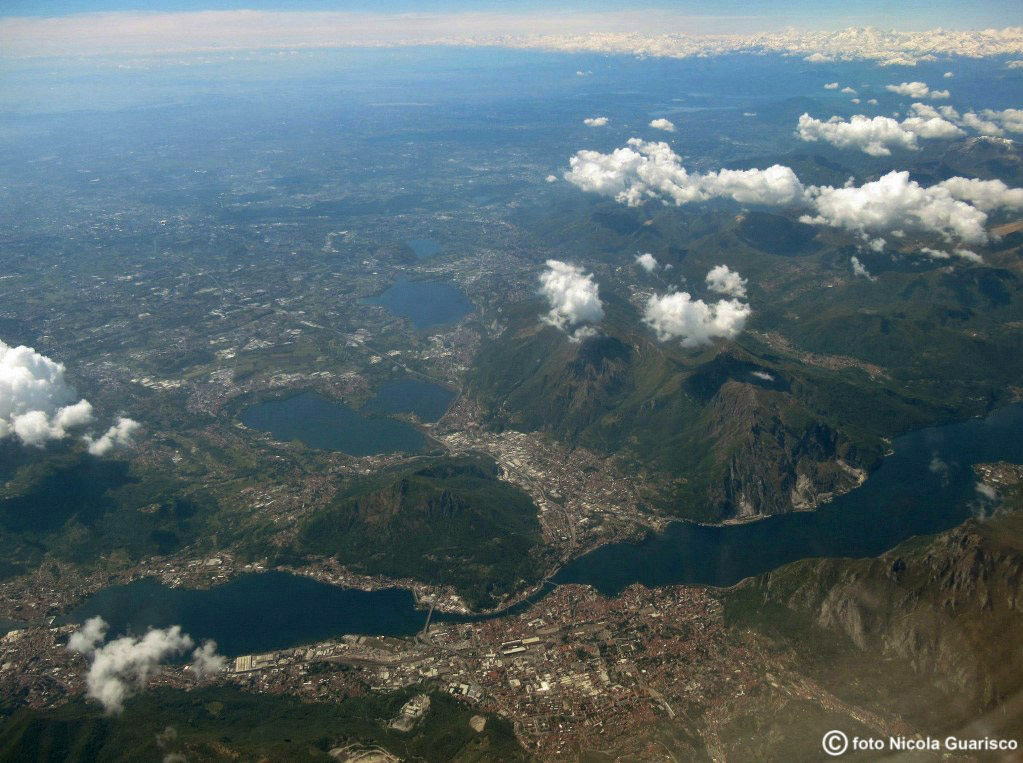 |
|
The Brianza region connects Milan to Lake Como. Bordered to the east by the Adda River, it is considered a transition area par excellence between the Alps and the Po Valley, the natural world and the metropolis. Its beautiful landscape attenuates the rugged outline of the Alps as it alternates between hills and slight slopes dotted with meadows, woods and small towns ("Brianza" derives from the Celtic word "brig", meaning hill or upland). The Brianza region has a continental climate: sweltering summers and cold, foggy winters. This region is one of the most inhabited and industrialized territories in Europe, an aspect that is rather unenviable given the uncontrolled urban development. Surprisingly enough, the same green spaces exalted by Stendhal |
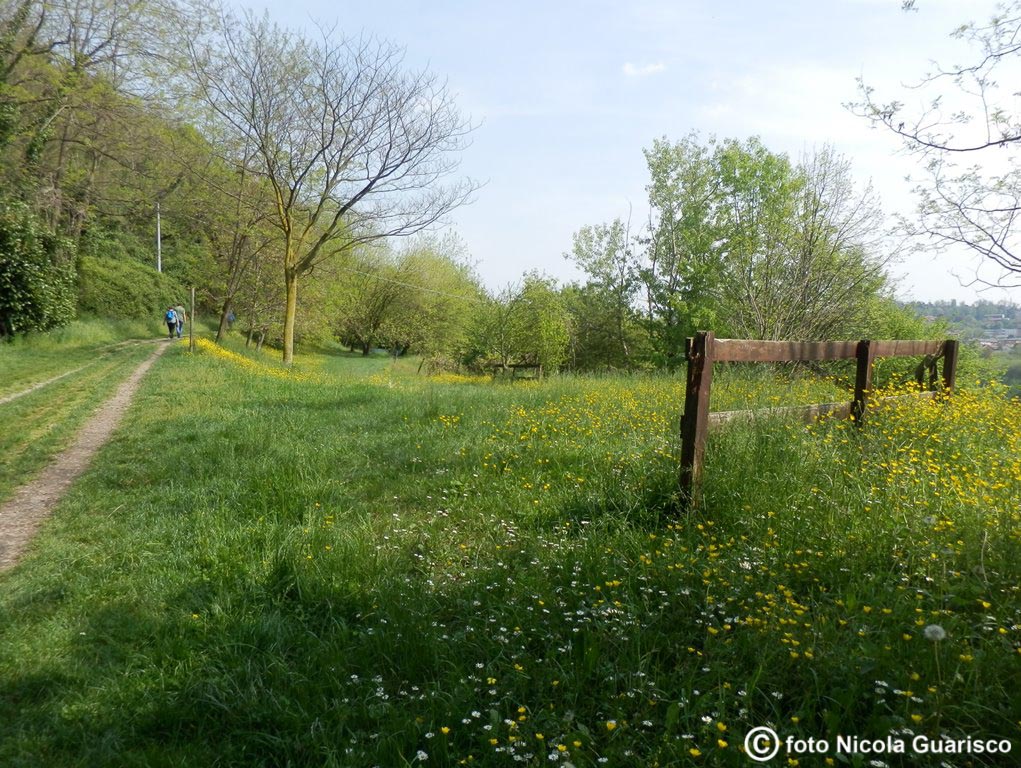 |
|
The so-called "Passeggiata Voltiana" (Volta walkway) starts off from Como’s southern urban area, near the |
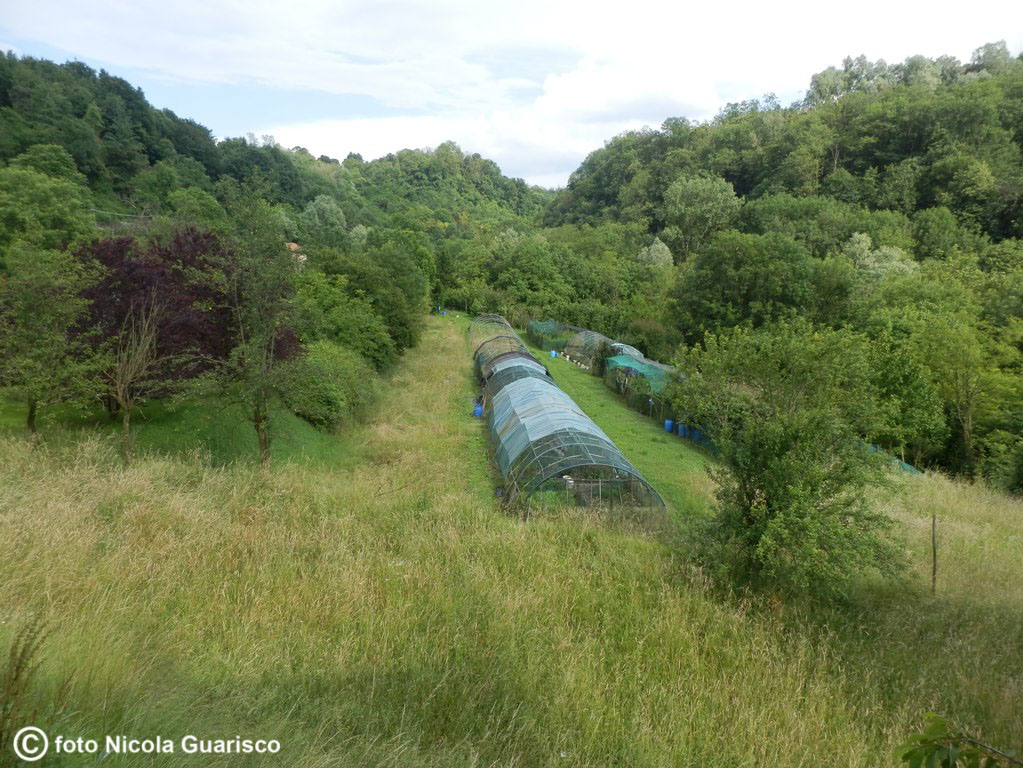
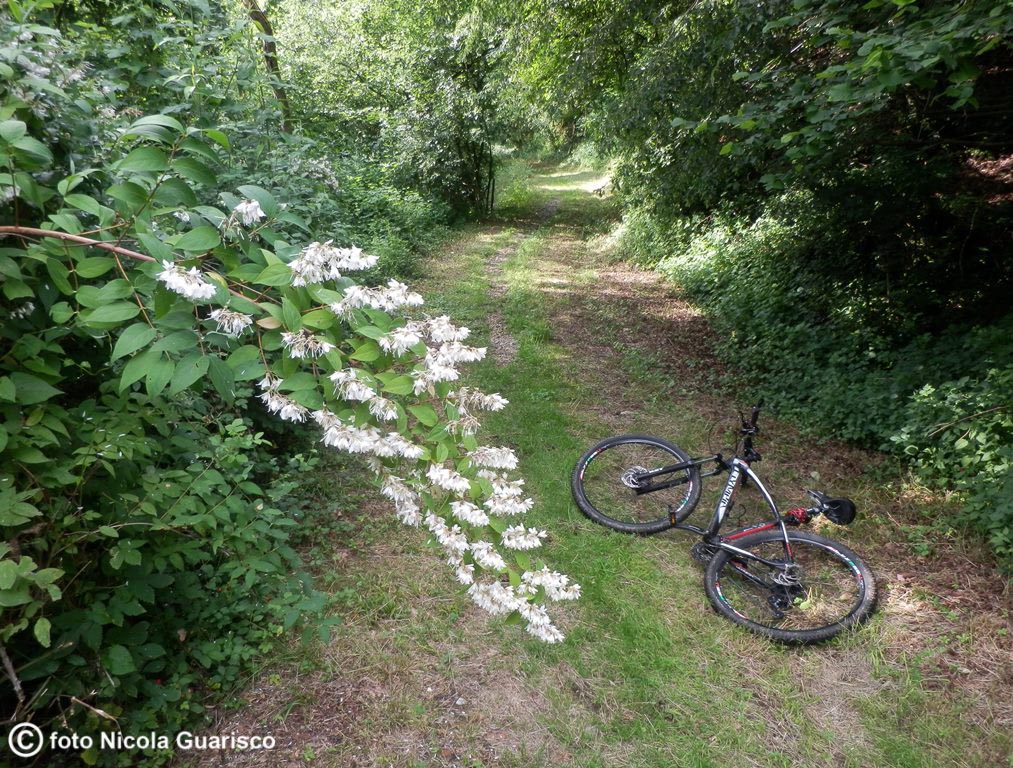 |
|
The woods of Camnago Volta. |
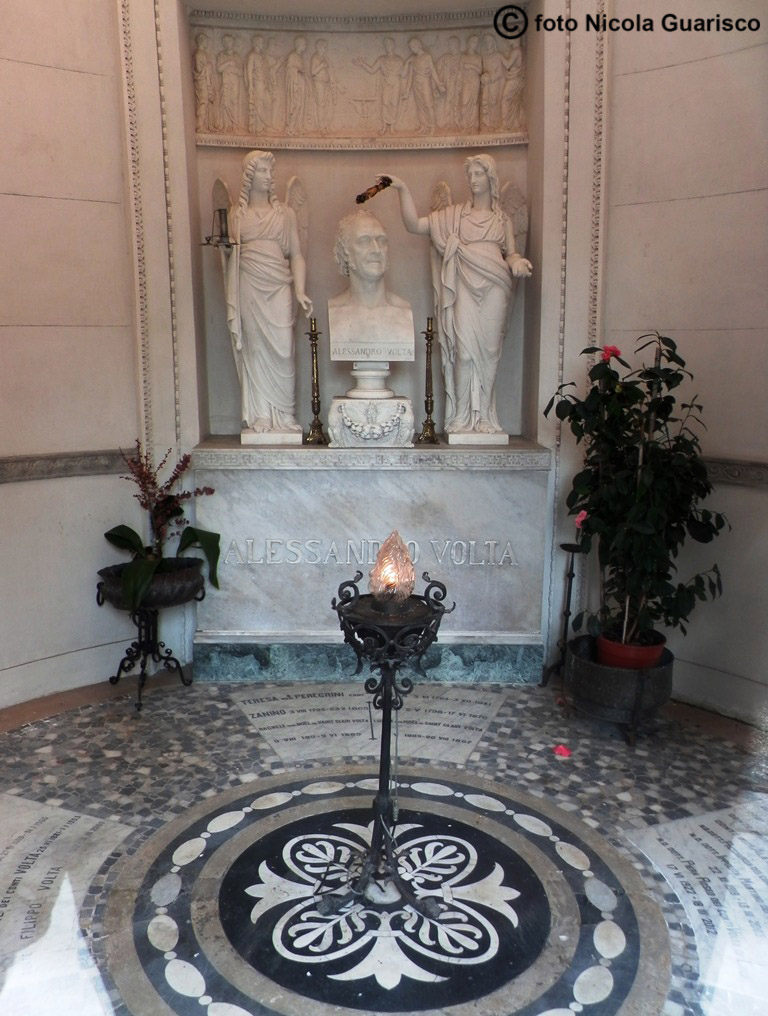
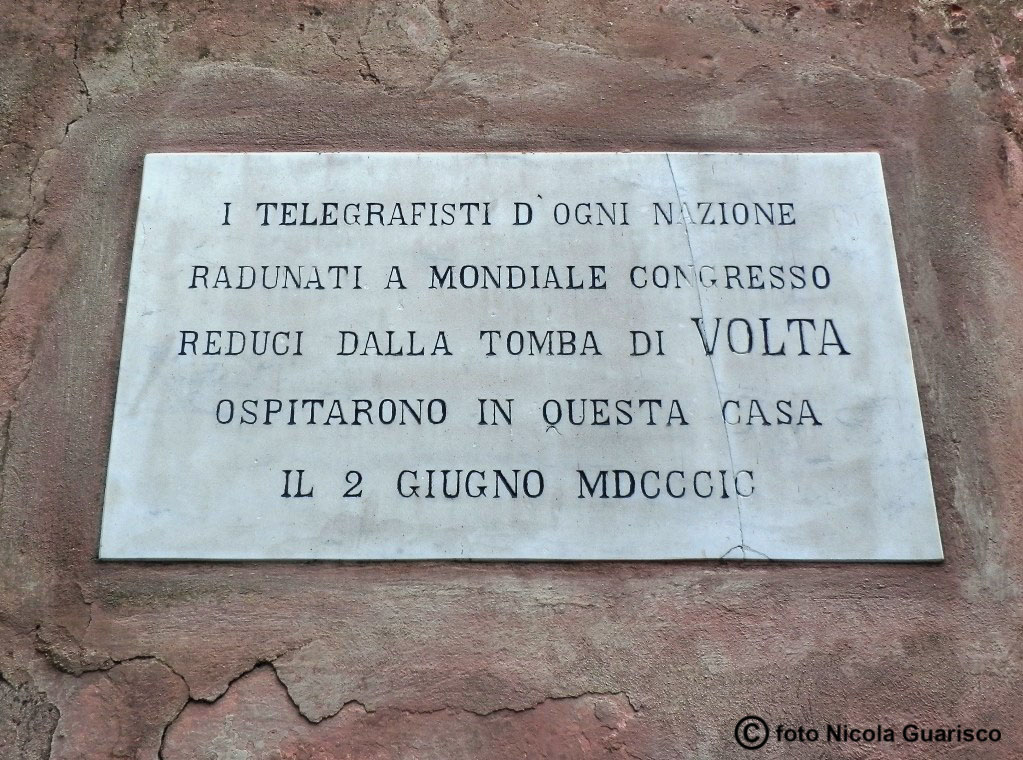
|
|
Alessandro Volta’s tomb is located inside a neoclassical temple erected in 1831; Volta died in 1827 |
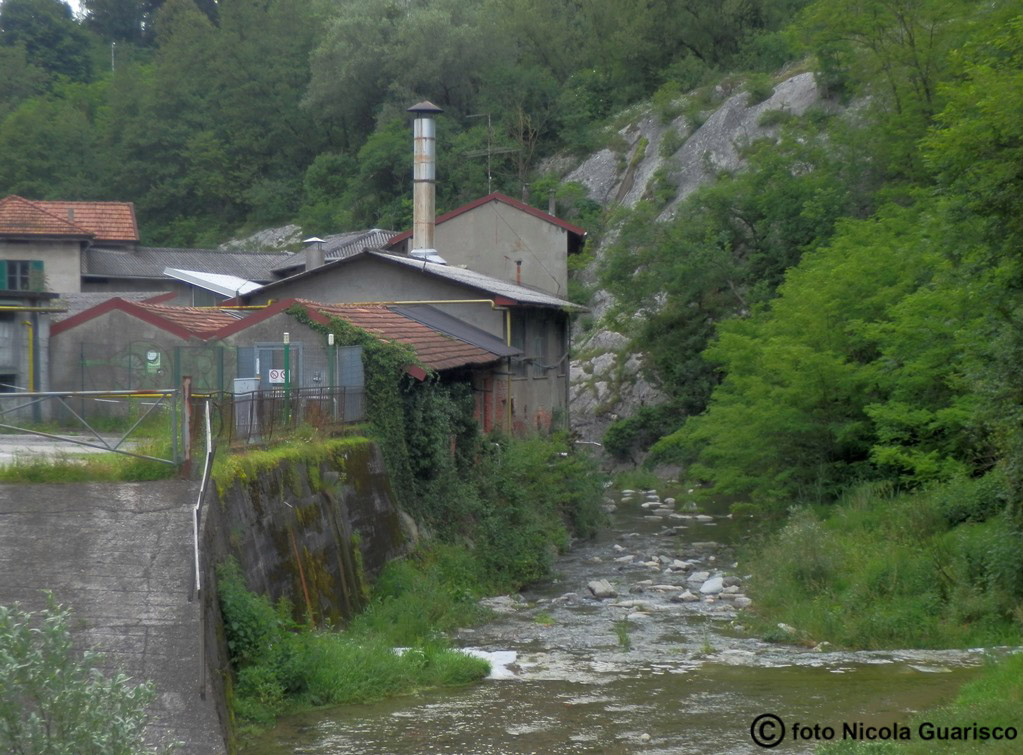 |
|
Como: small textile mills along the Cosia River. This picture is emblematic of Como’s notable manufacturing history (on the decline today) and its bonds with the silk industry. |
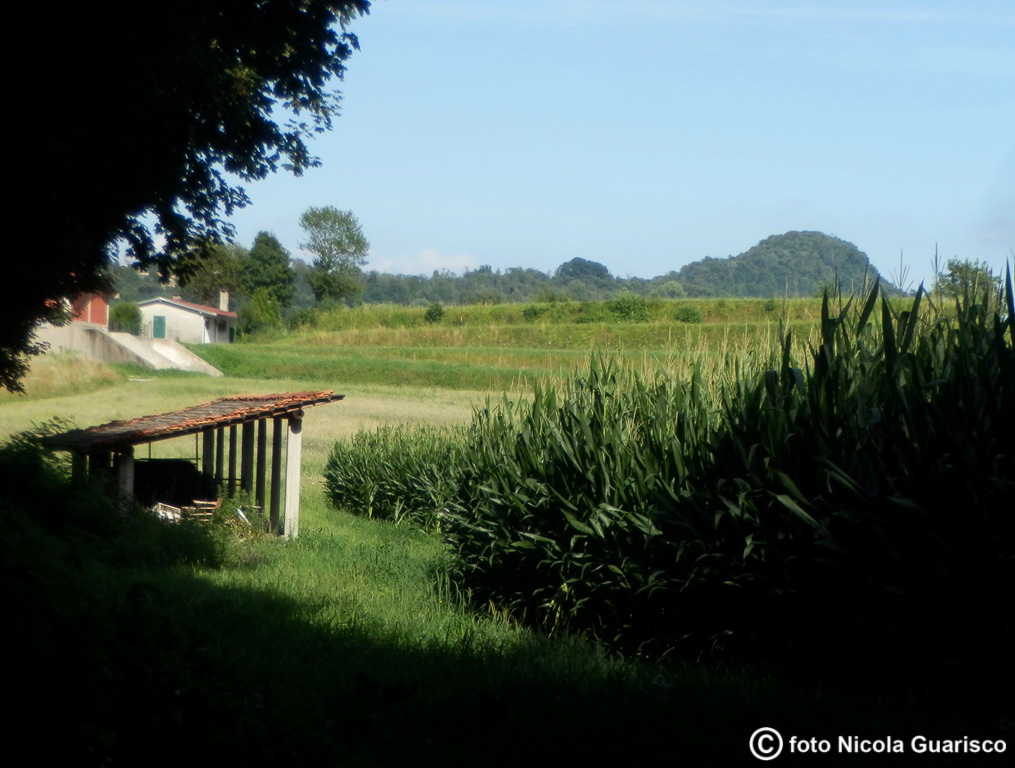
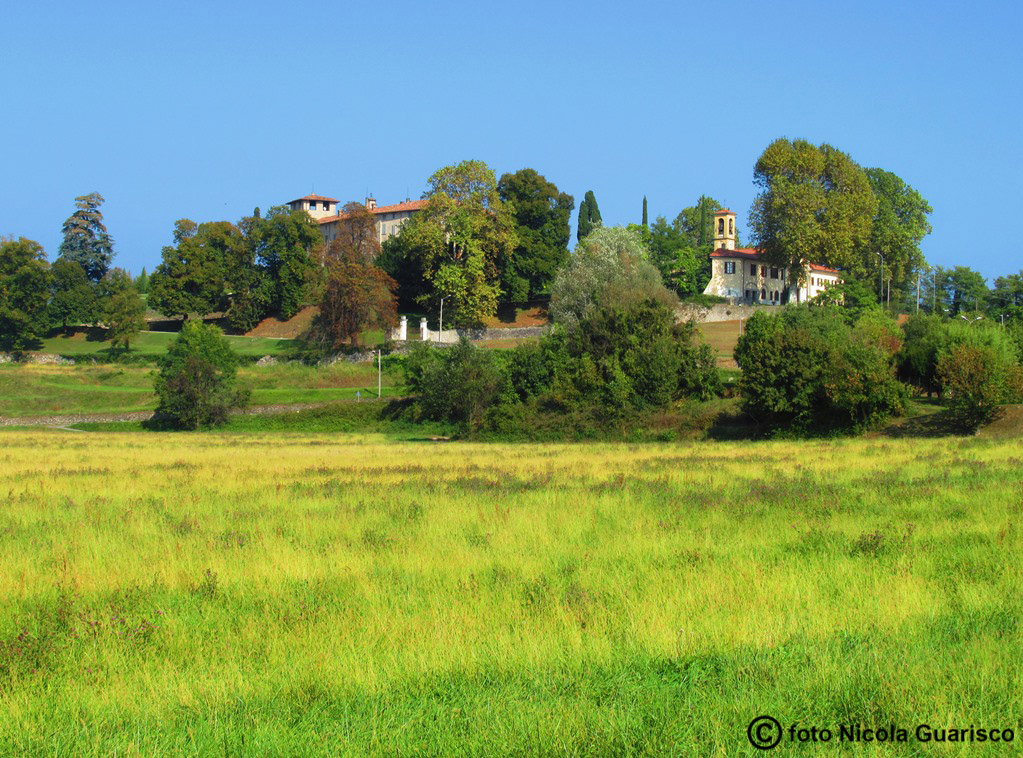 |
|
Southern Como: the Valbasca area. A classic view of the Brianza countryside near Alzate Brianza (Fabbrica Durini). |
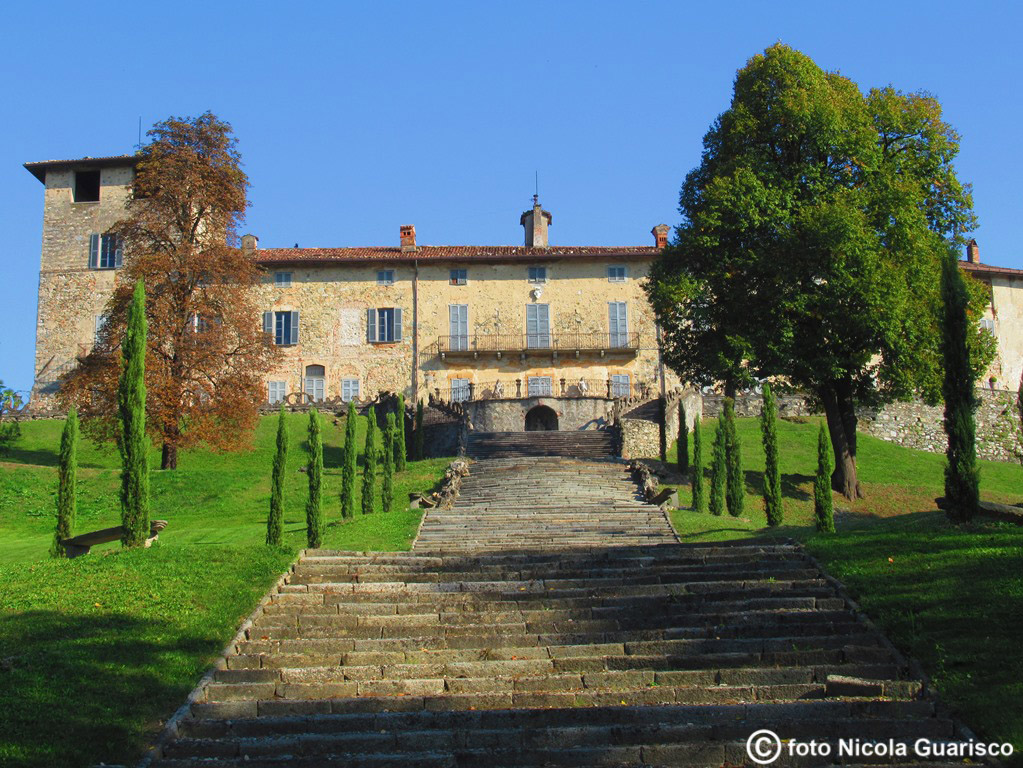 |
|
Fabbrica Durini: the very ancient Durini castle villa, today a luxury restaurant and wedding location. Erected over the remains of a Roman tower, the earliest evidence of this building dates back to the year 860, when Tadone - native to Fabbrica Durini - became Archbishop of Milan. Upgraded and renovated over the centuries, the villa was taken over in 1748 by the Durini Counts, feudal lords of Monza. Many famous writers and musicians sojourned here, such as Parini, Rossini, Verga, just to mention some, besides the Savoy Monarchs. |
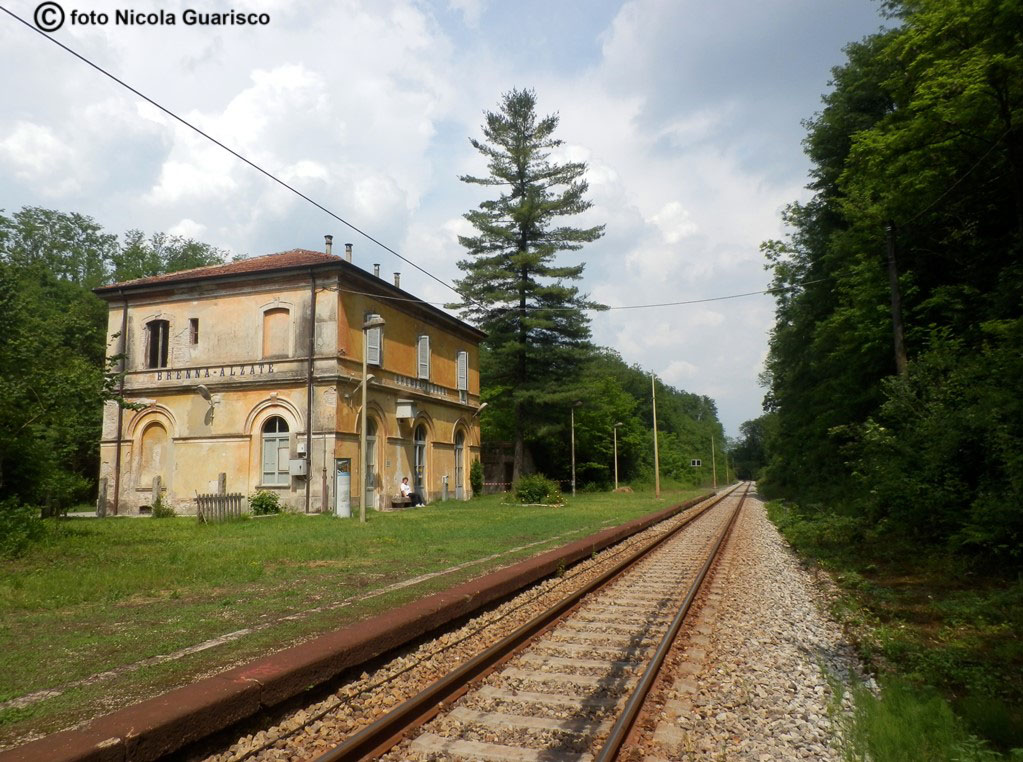 |
|
The old station of Brenna-Alzate with its early 1900s architectural features. In the year 2000, the American film director Marleen Gorris chose this villa for shooting several scenes of her movie The Luzhin Defence, |
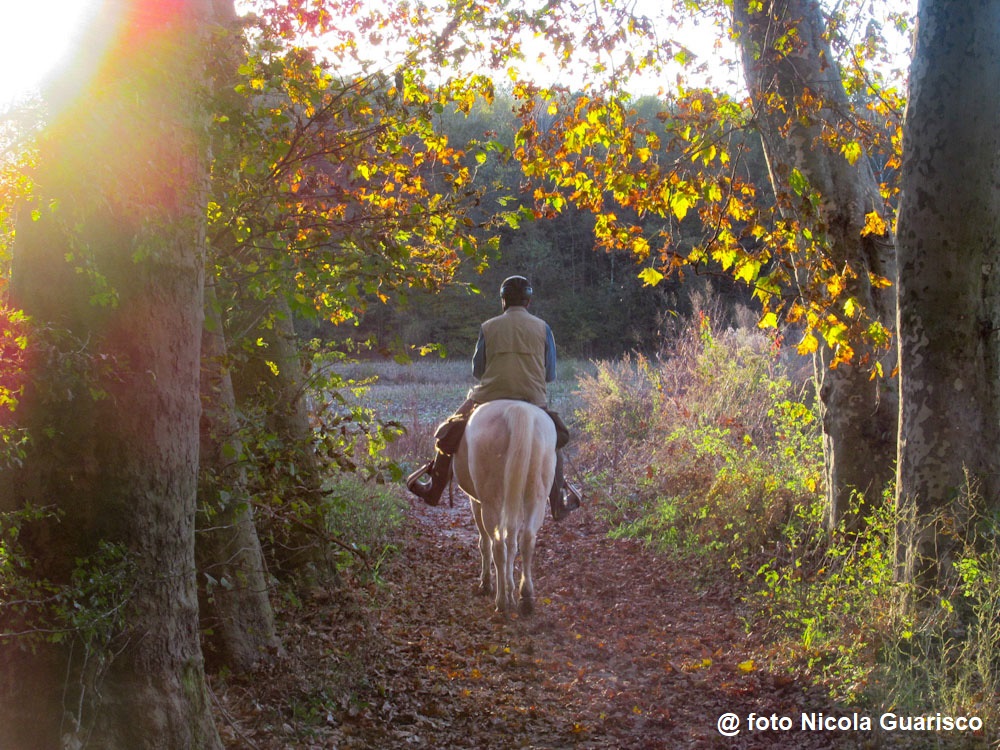
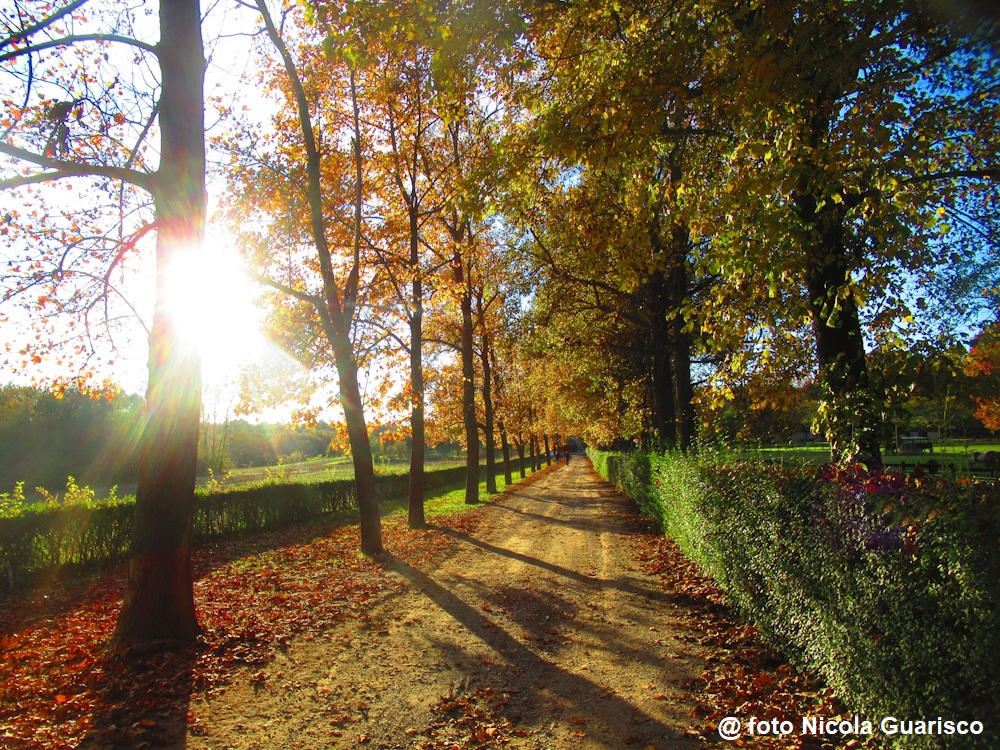 |
|
The moorland of Montorfano-Orsenigo. |
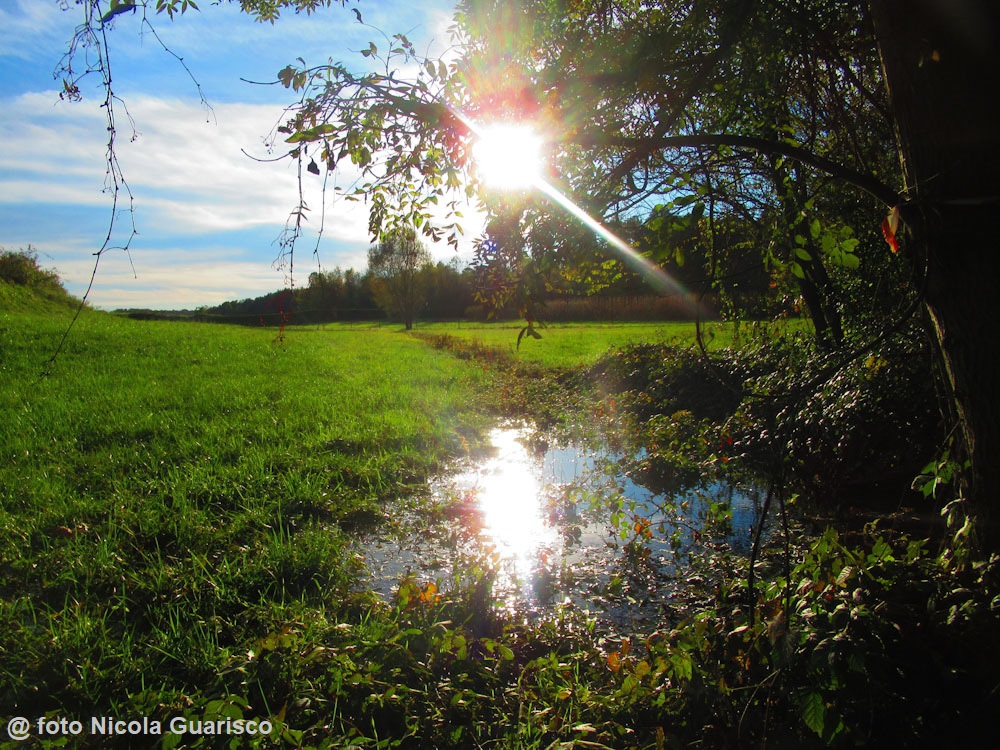
 |
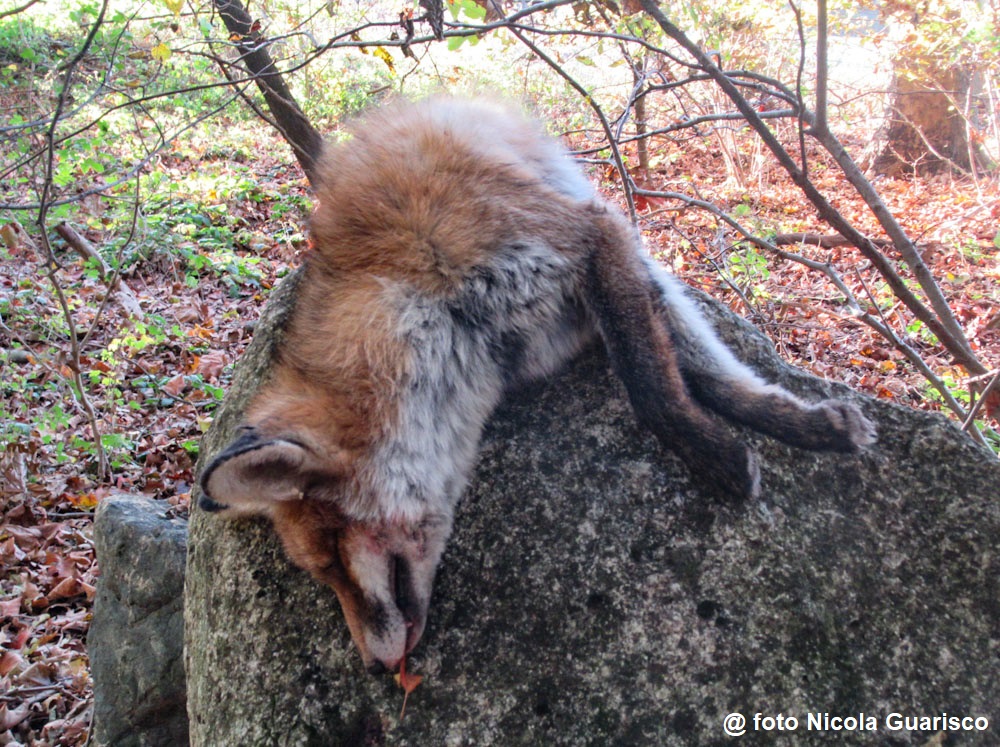
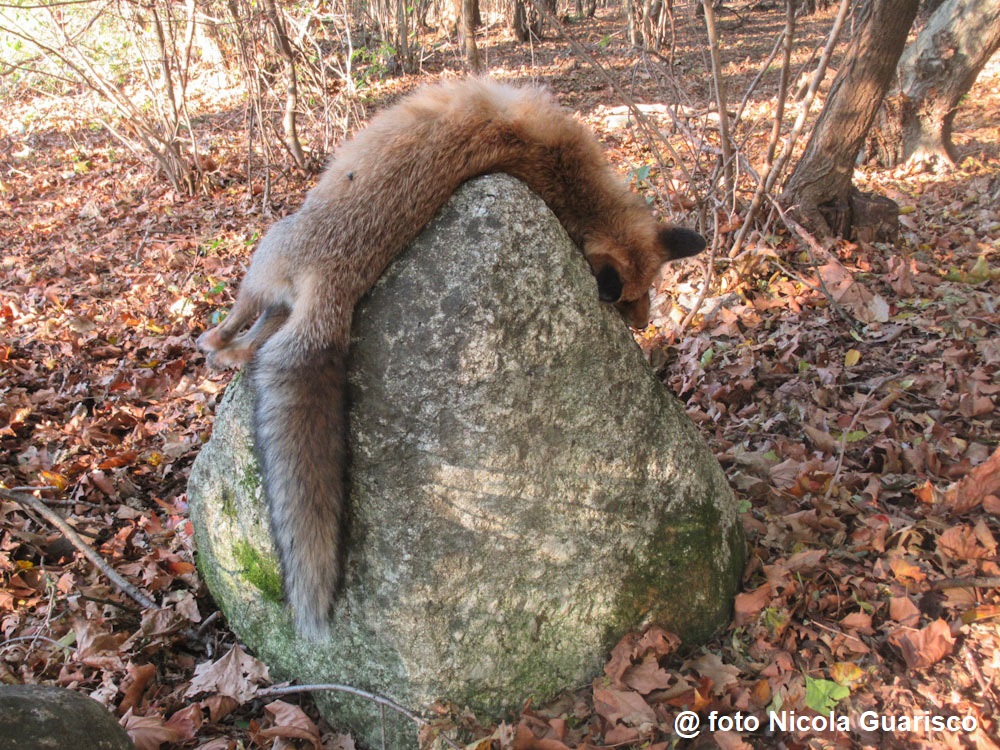 |
|
A dead fox. |
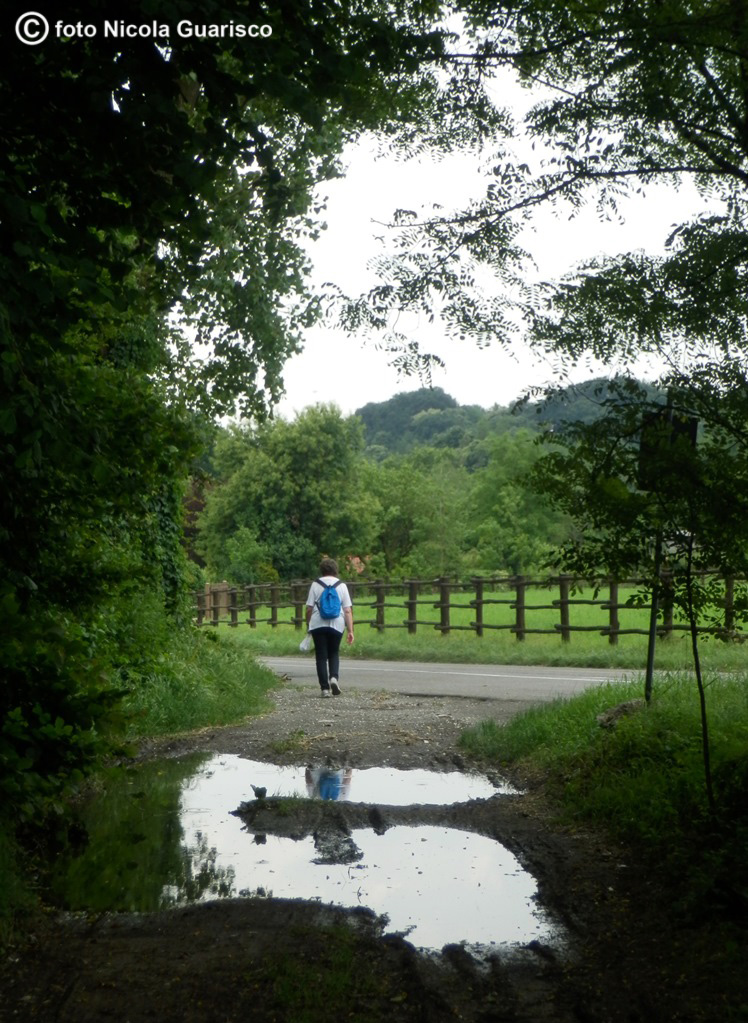
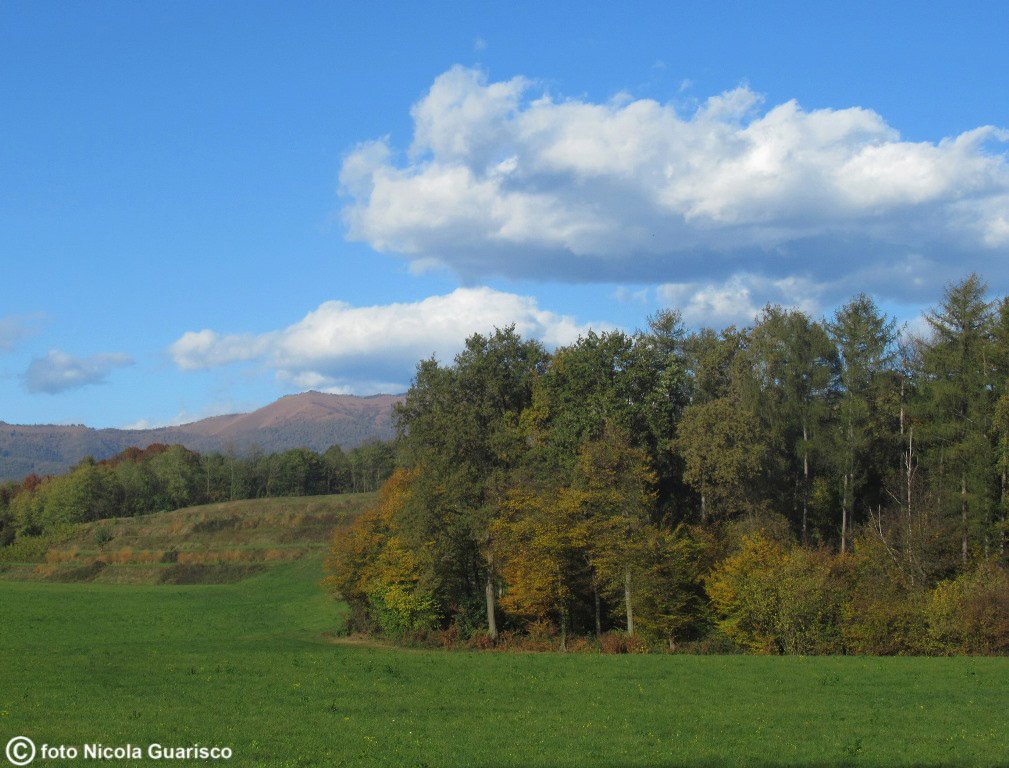 |
|
The town of Cantù is surrounded by the namesake moor that is still intact today. It is one of the largest green areas of the Brianza territory. Several historical farmhouses can be found within the area, such as Cascina Naga, dating back to the 18th century but lying in ruins today, and Cascina Lucia (still in operation). |
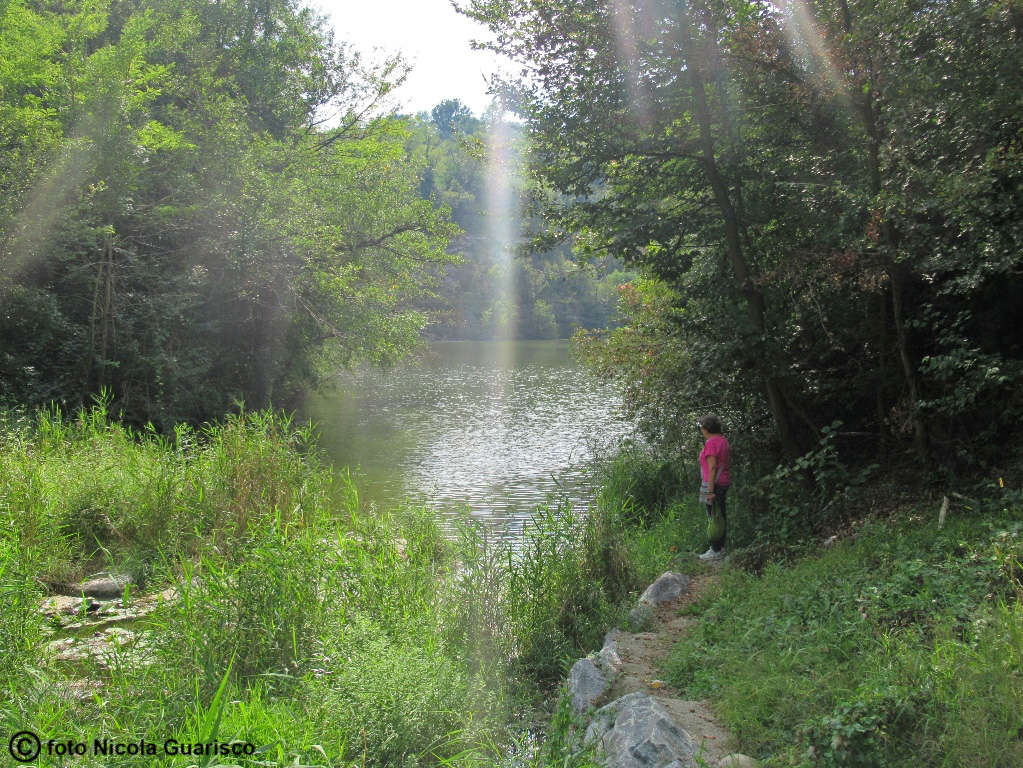 |
|
The Oasis of Baggero. |
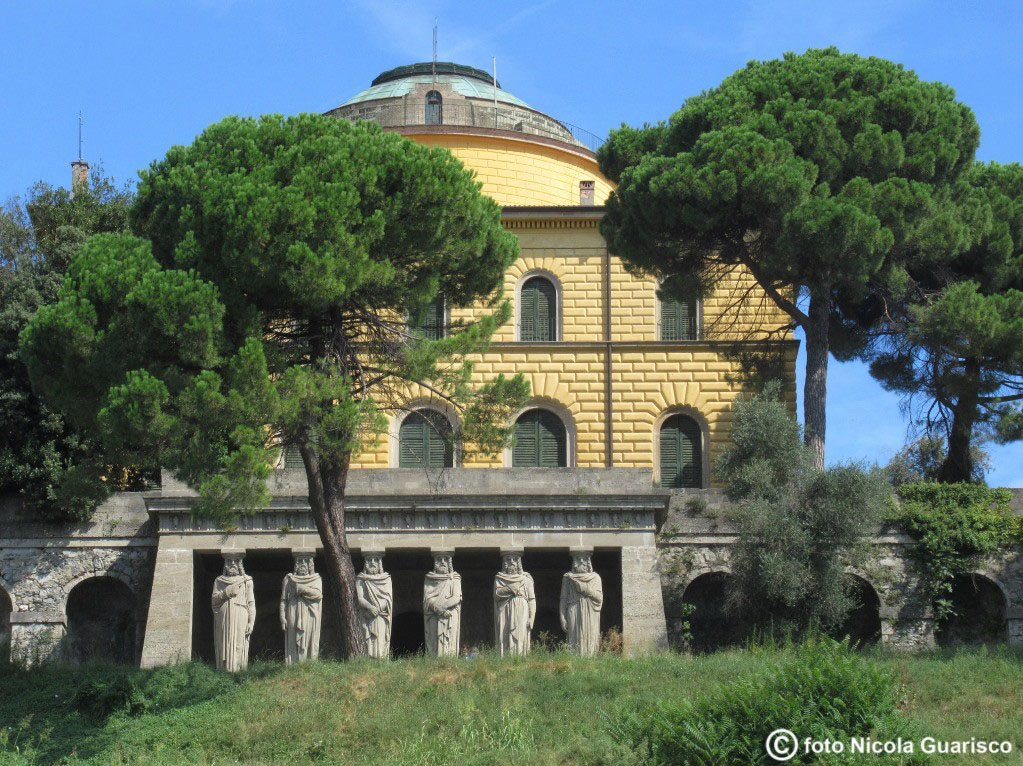
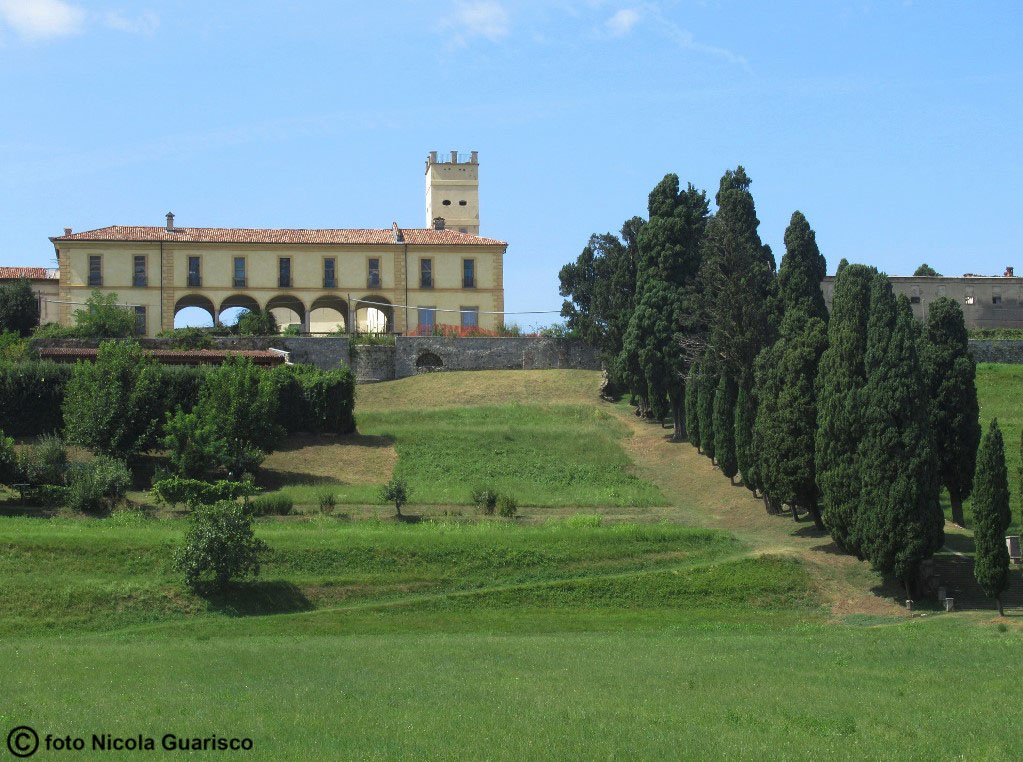 |
|
Inverigo is perhaps the most beautiful village of Brianza, rich as it is in monuments surrounded by greenery. The noble architect Cagnola, already builder of the Arch of Peace in Milan, designed Villa La Rotonda, the magnificent 19th - century building, for himself (photo on the left). The dome of the villa that resembles the roman Pantheon’s dome, is visible from several kilometers and is overlooked by six impressive telamones (i.e. sculpted supports in the form of a man) inspired by ancient Egypt. The influence of Napoleonic imperialism is evident. Photo in the right: Villa Crivelli, a castle-villa dating back to 1683 and once inhabited by the Crivelli marquises, feudal lords of Brianza. |
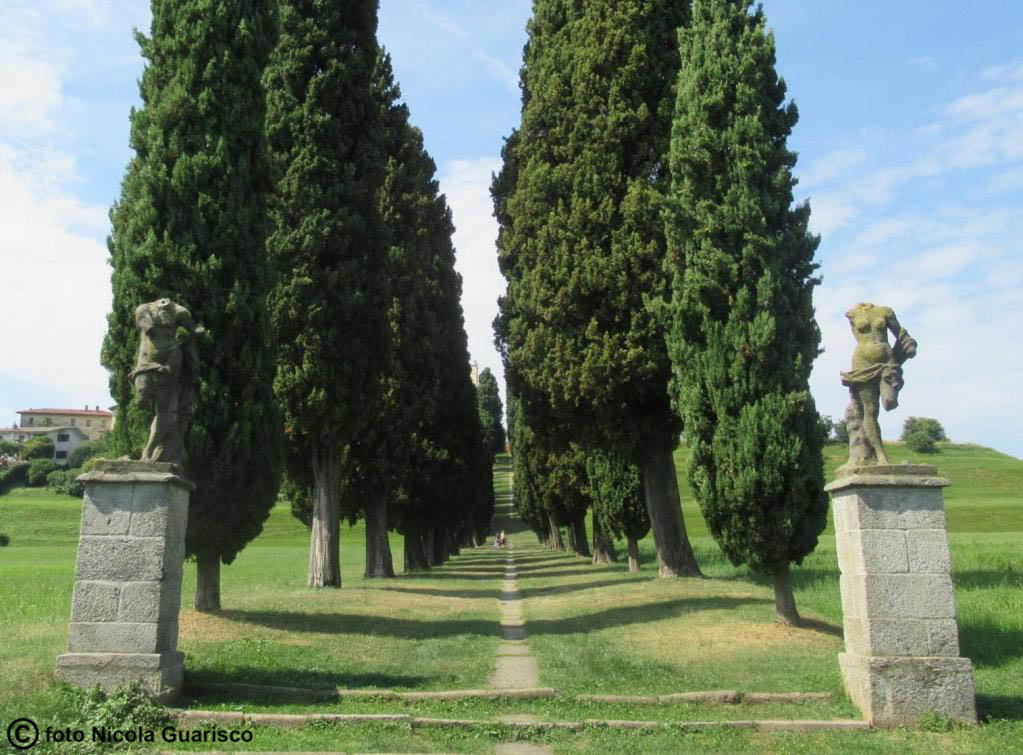
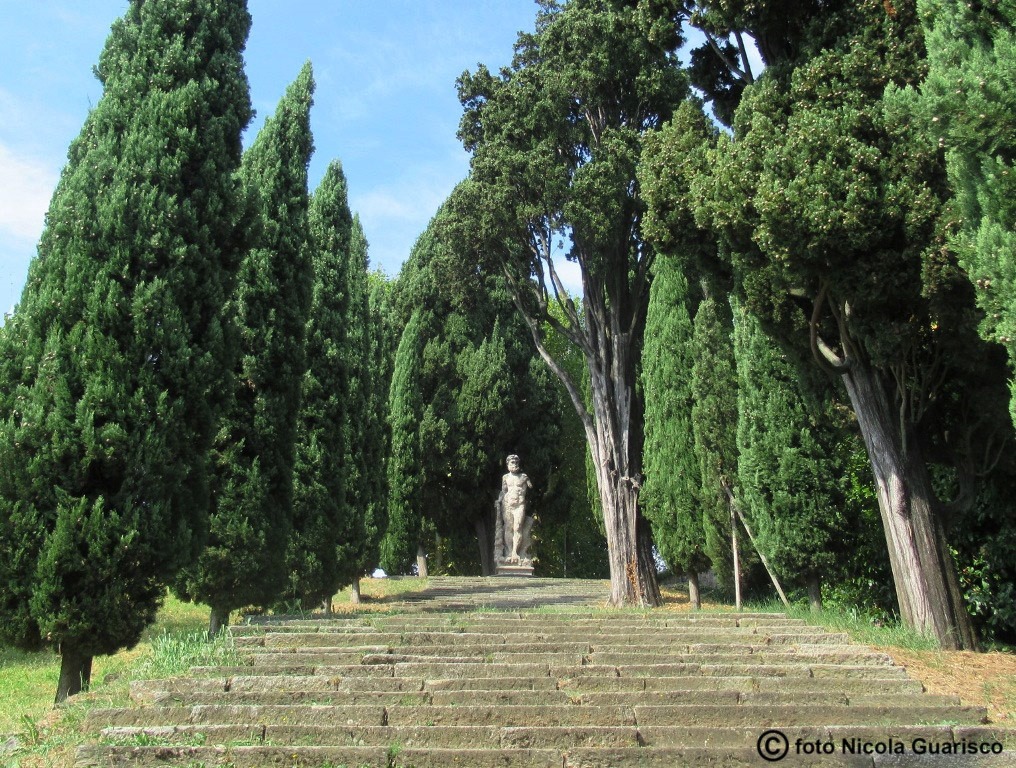 |
|
The villas of Inverigo are connected by a splendid boulevard known as Viale dei Cipressi, almost 2 km long and even more renowned than the villas themselves. It was designed by the Crivelli’s in 1664 as a walkway towards the sanctuary of Santa Maria alla Noce. A few years later it was extended in the opposite direction towards Villa La Rotonda and a statue of Hercules so as to form the staircase of the Giant (photo on the right). Unfortunately, over time, the boulevard’s continuity was interrupted by a road and a railway. Subjected to environmental restrictions in 1960, it still retains its serene majesty. |
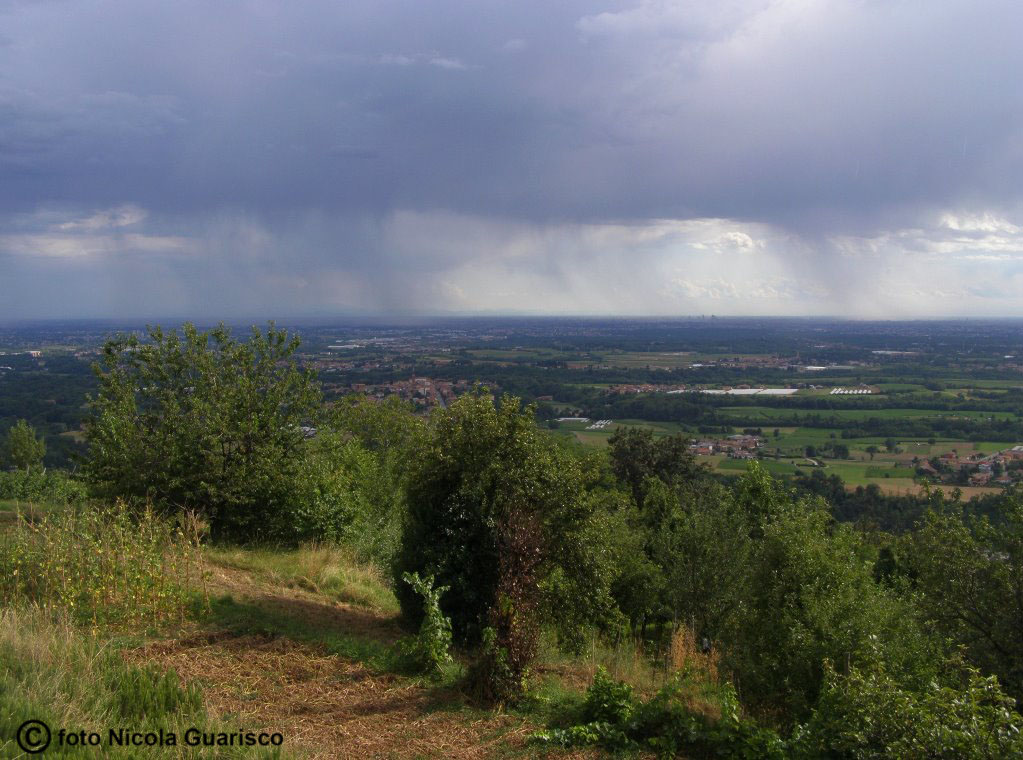 |
|
Montevecchia: a summer storm over Milan. |
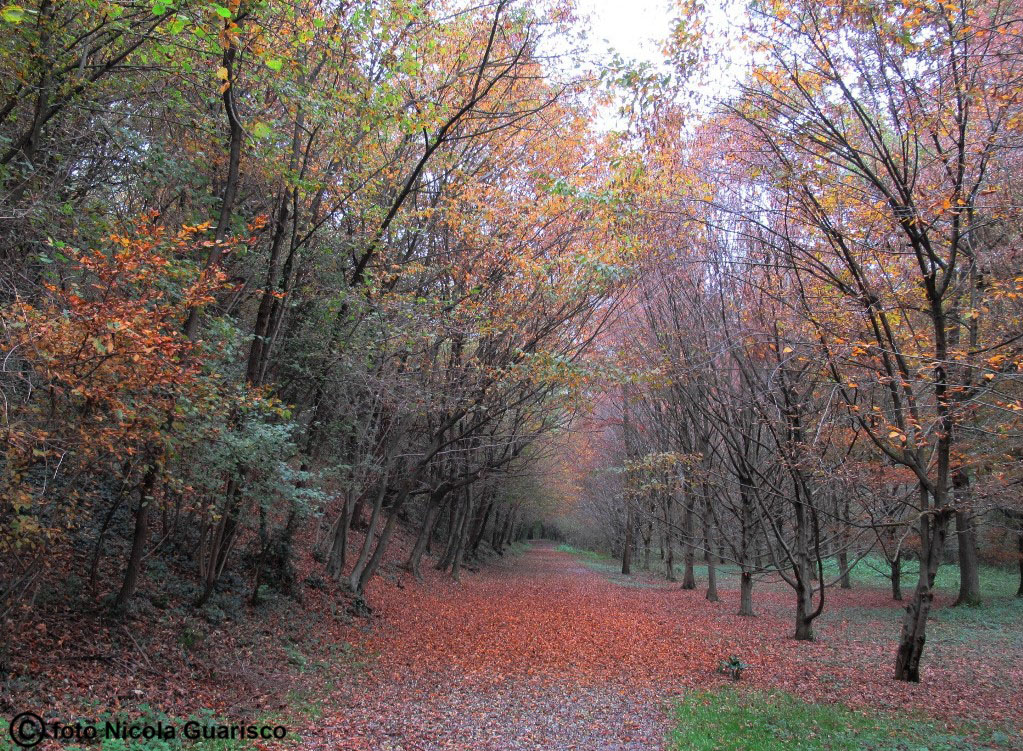
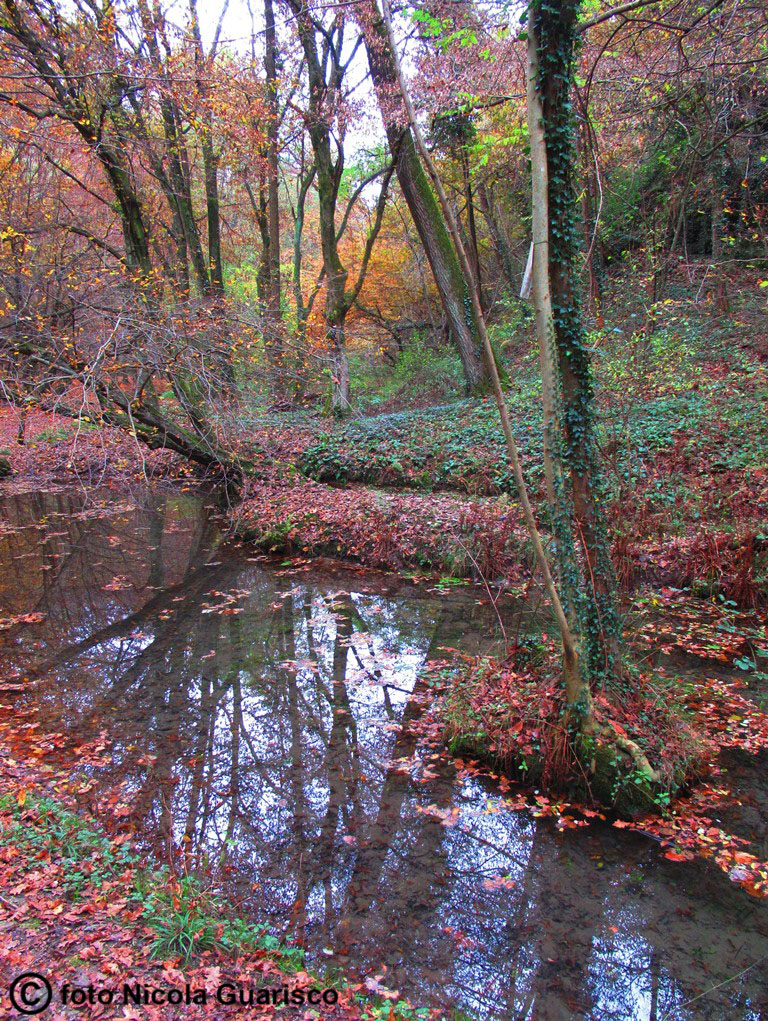 |
|
Autumn at the Fontana del Guerc (Carugo), with the natural resurgences. |
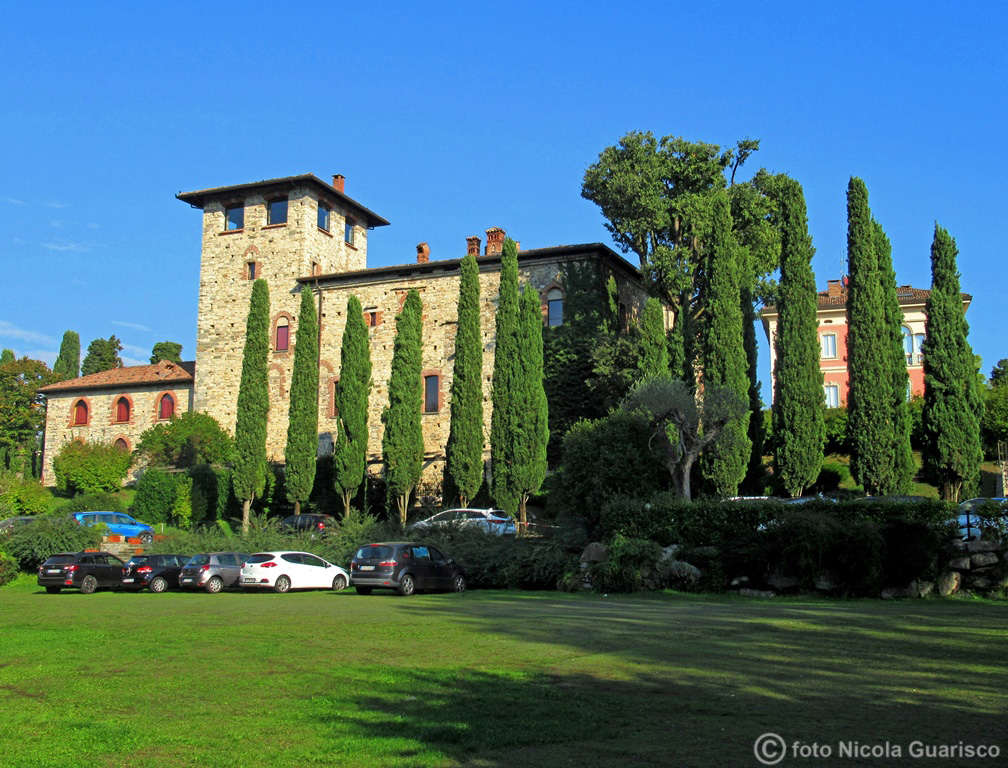
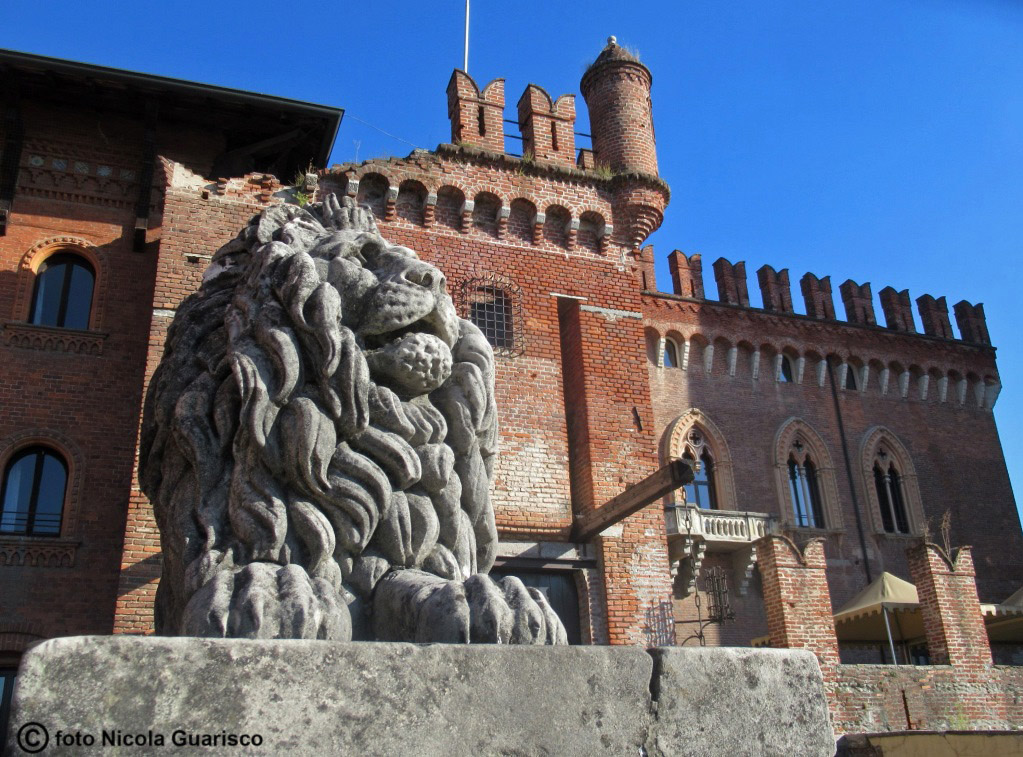 |
|
Casiglio Castle. Originally built as a military outpost in 900 A.D., it was expanded in the 16th century by Cardinal Beltramino, Bishop of Como and Bologna, Apostolic Nuncio to the King of Aragon and Governmental Nuncio to Pope Benedict XI. The property was taken over by the Parravicini family. Carimate Castle. |
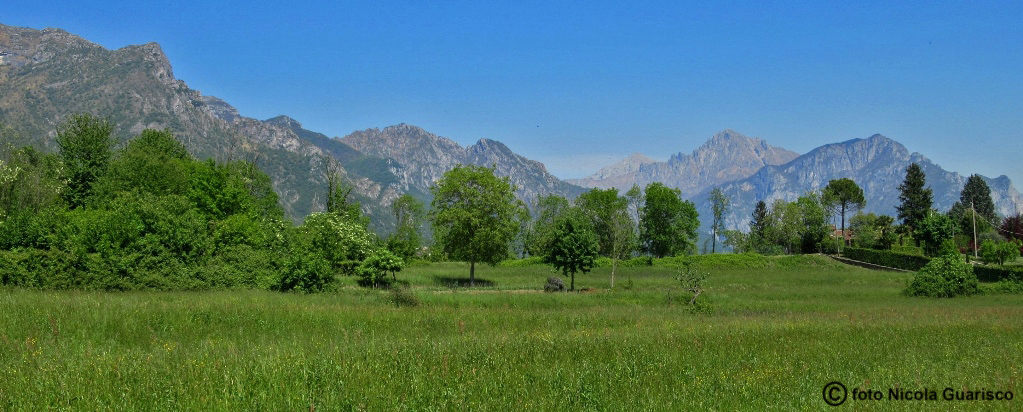 |
|
A meadow near to Oggiono (Lecco), with the spectacular Larian Mountains. |
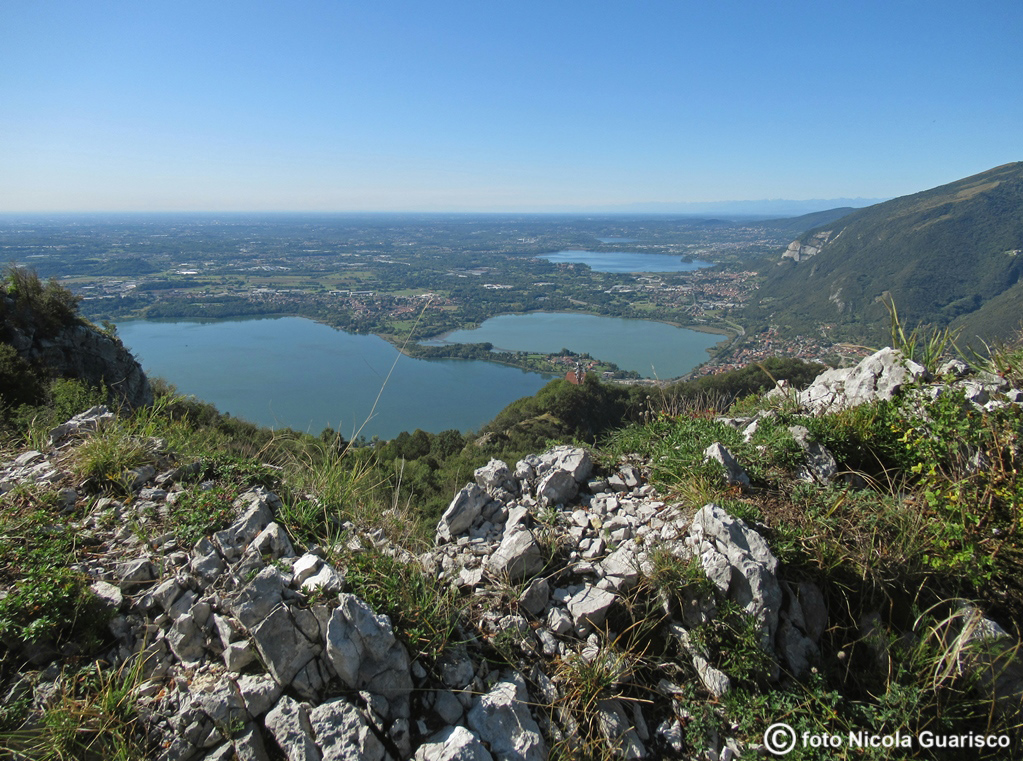 |
|
A view of the charming lakes of Brianza, a sequence of blue eyes that pop up before you as you travel along the stretch of road between Como and Lecco. These lakes form the imaginary "fourth branch" of Lake Como |
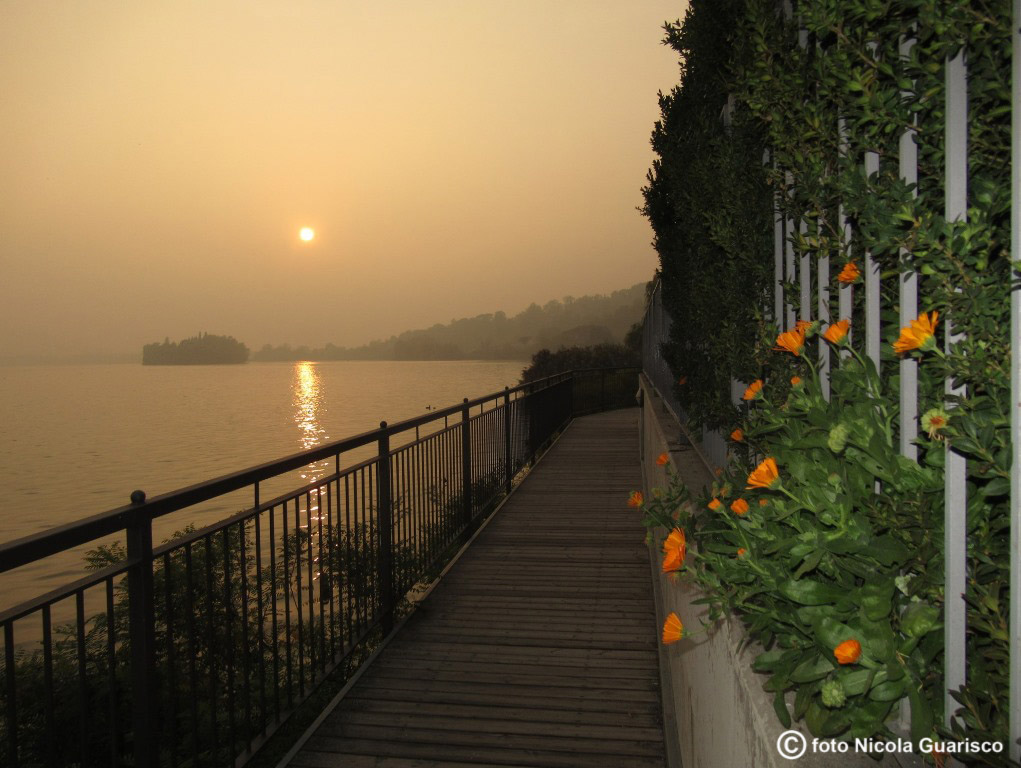 |
|
October sunset over Lake Pusiano (Eupili in Latin). The lake has a perimeter of 11 km and encloses the beautiful Island of Cypresses, a popular destination among intellectuals of the past such as Giuseppe Parini (born in Bosisio near the lake banks), Stendhal, Manzoni and Vincenzo Monti, just to mention some. The basin, which was privately owned until 1922, became public domain following a decree issued by Benito Mussolini. The lake is currently a bathing site and it is here that the first steam boat in Italy was built in 1820. |
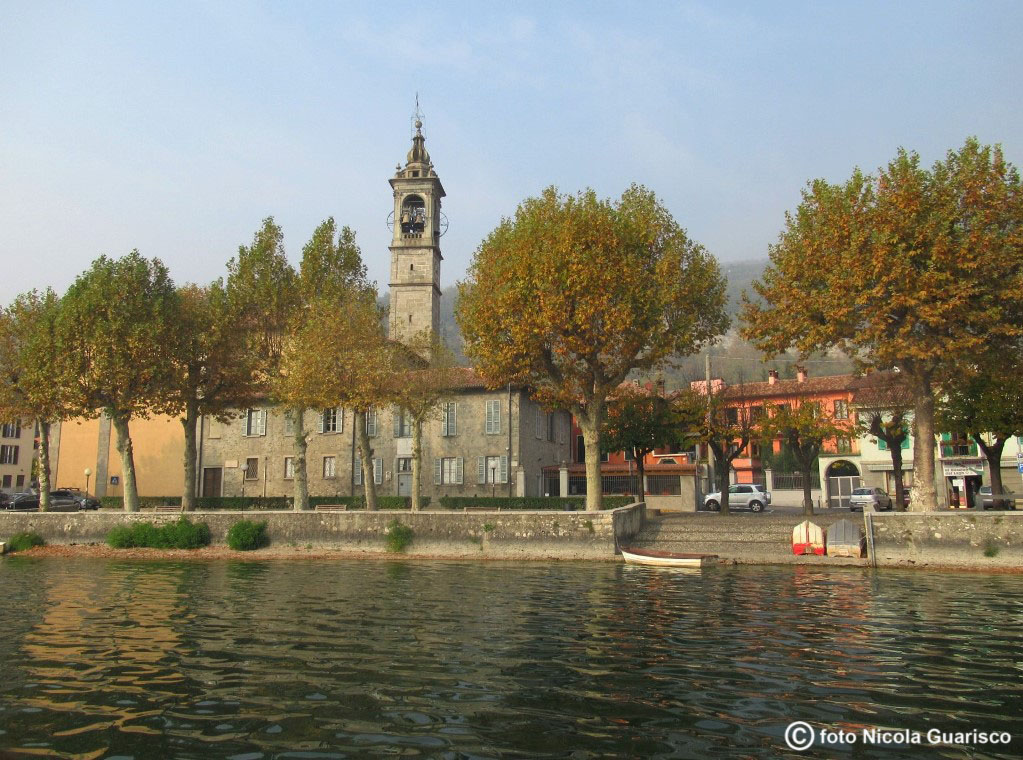
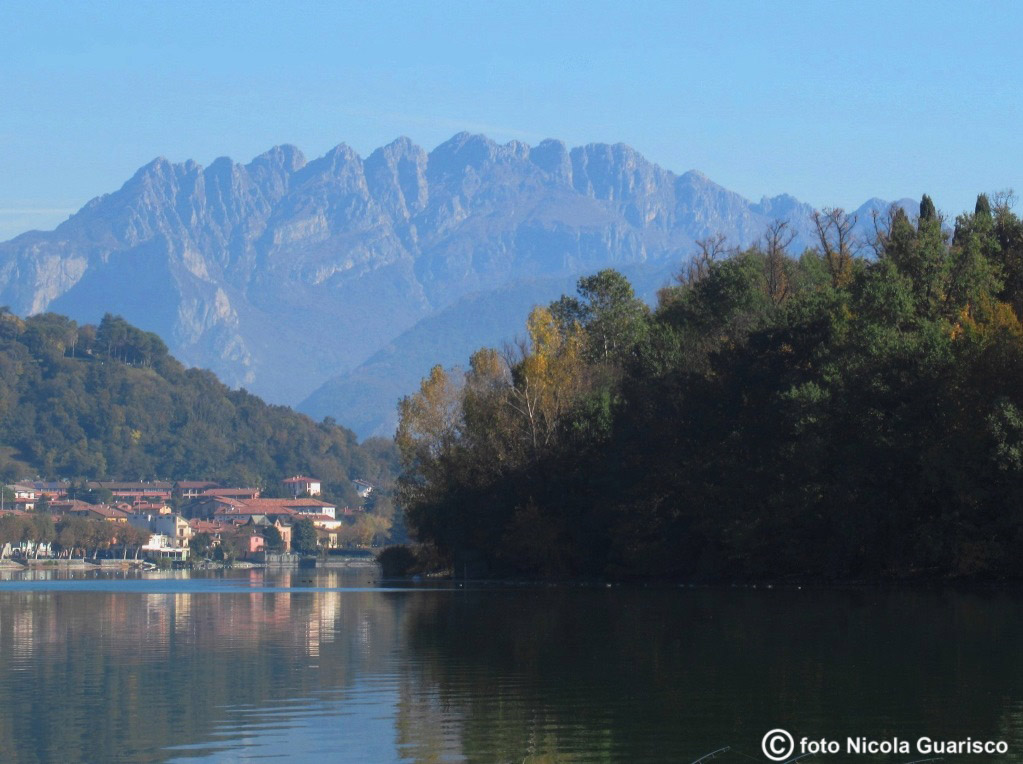 |
|
The shores of Lake Pusiano. Eugenio di Beauharnais, viceroy of the Napoleonic Kingdom of Italy used to spend his holidays here for a specific reason; in fact, curiously enough, there was a building from where the owner could directly reach his bedroom on horseback.
Lake Pusiano, Cipressi Island |
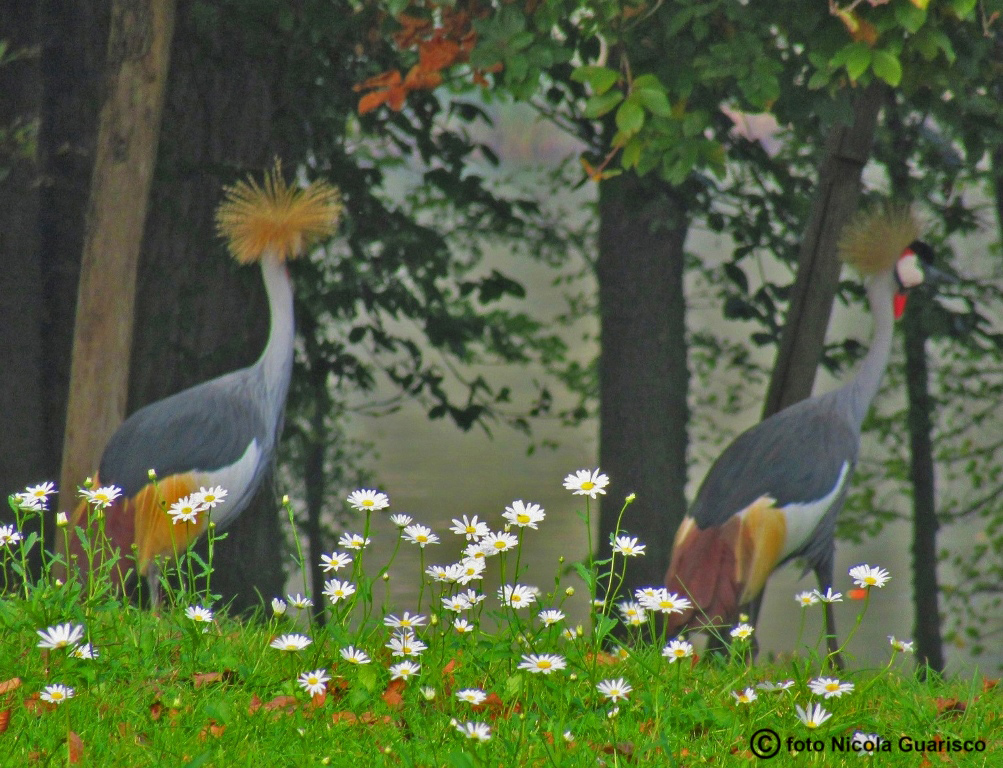
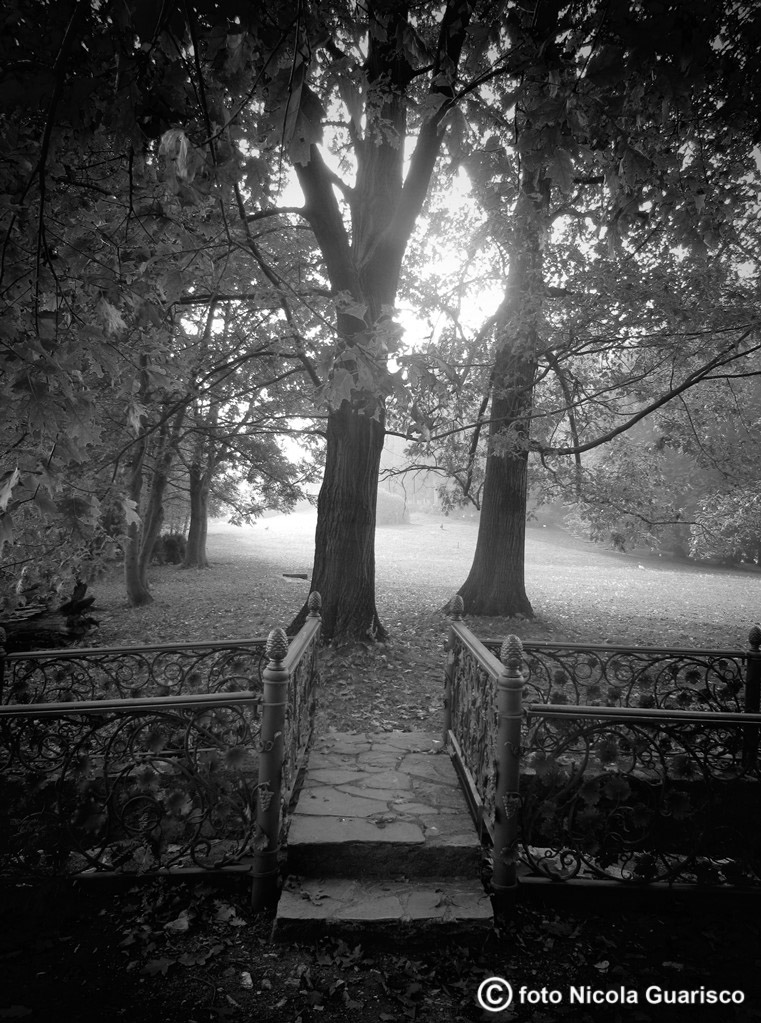 |
|
Crowned cranes, herons, Marabou storks, kangaroos and many other uncommon animal species inhabit this island. They can be admired once a week with a tour guide on an electric boat tour |
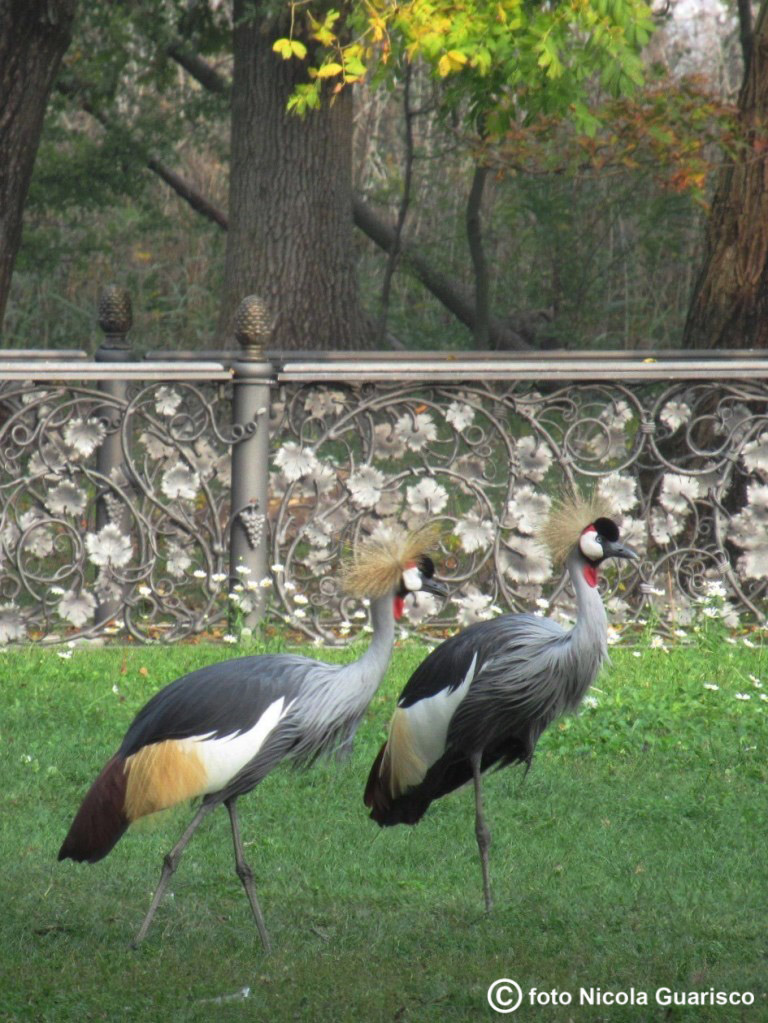
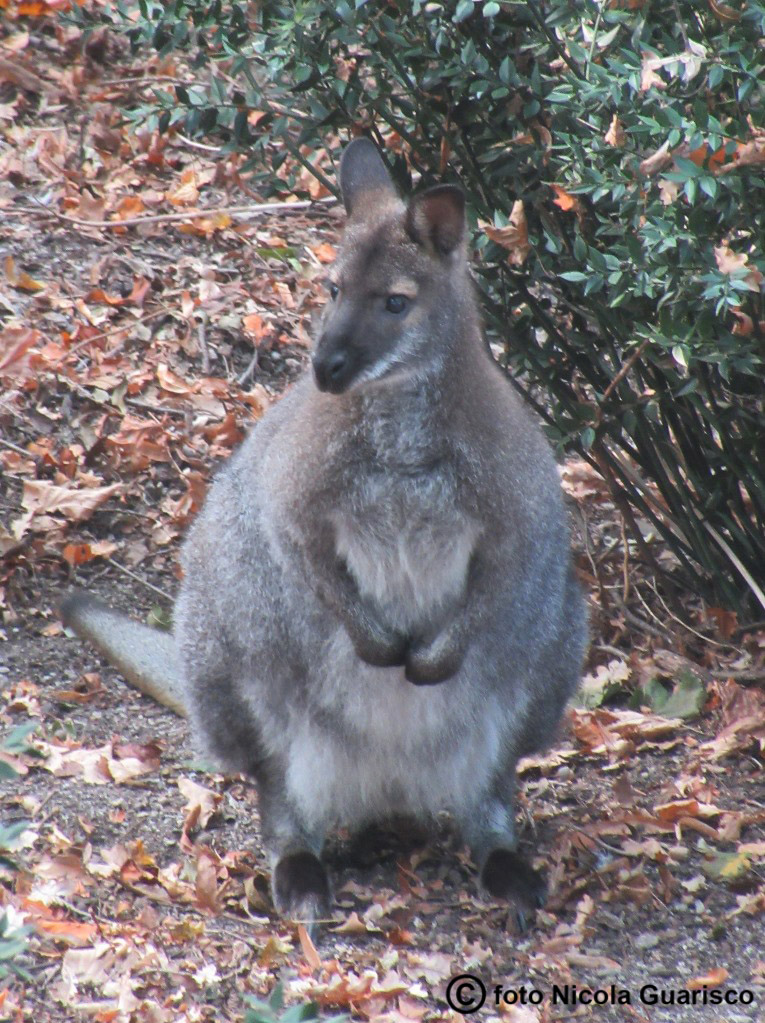 |
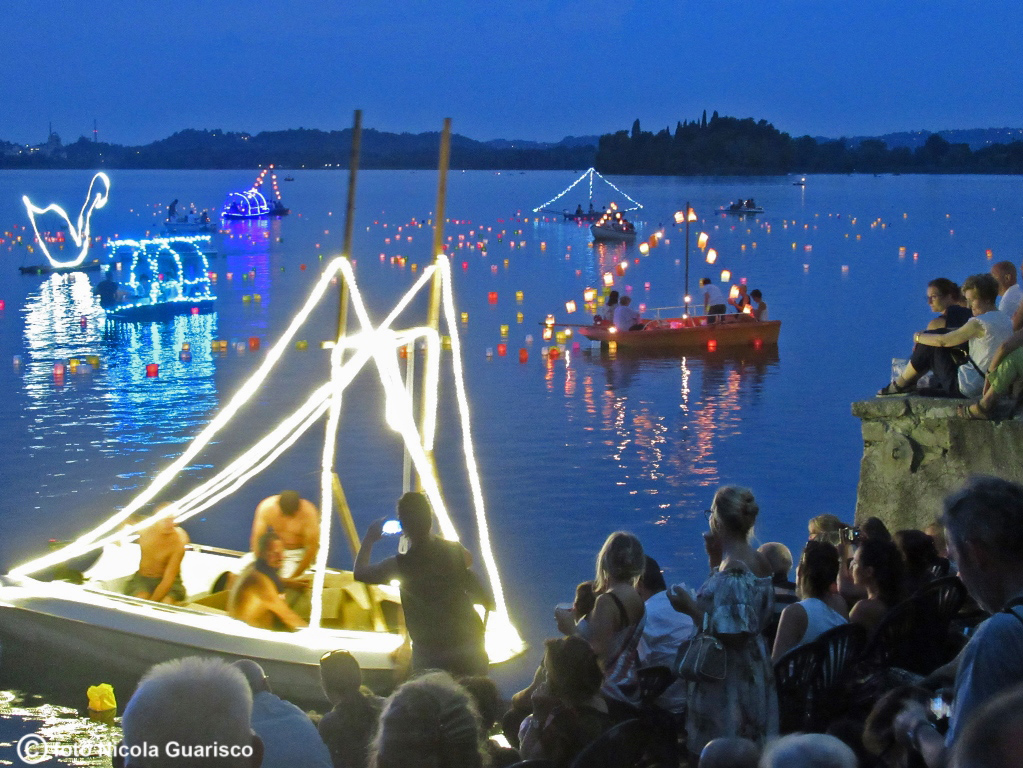
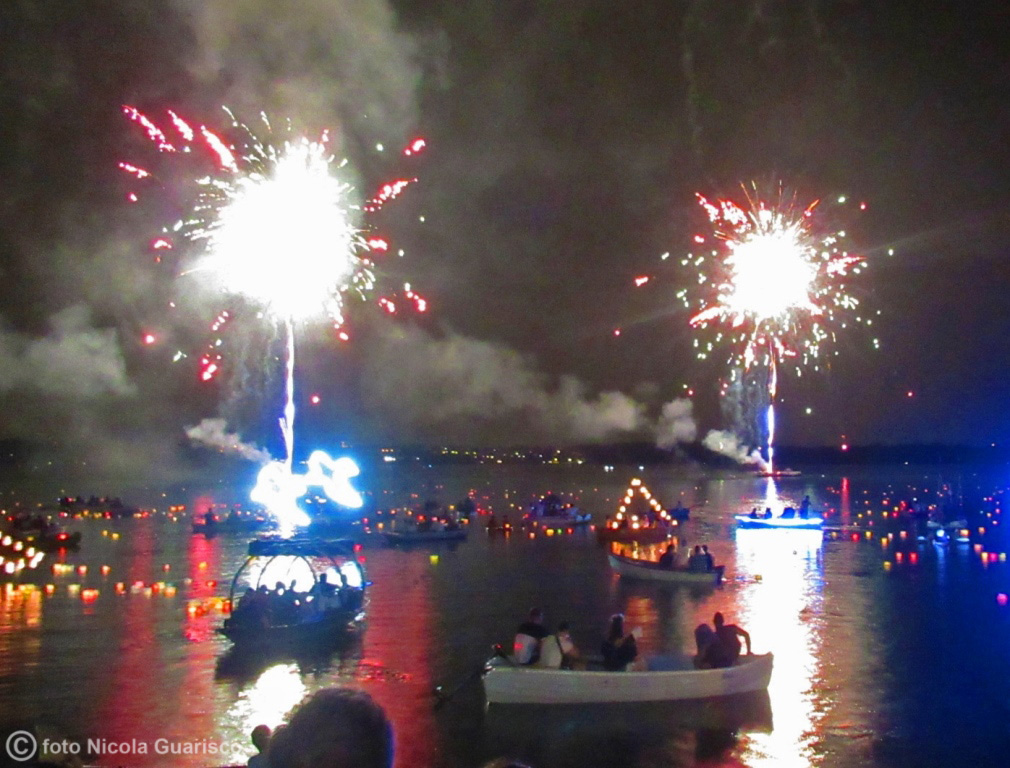 |
|
Pusiano, Feast of Our Lady of the Snows. |
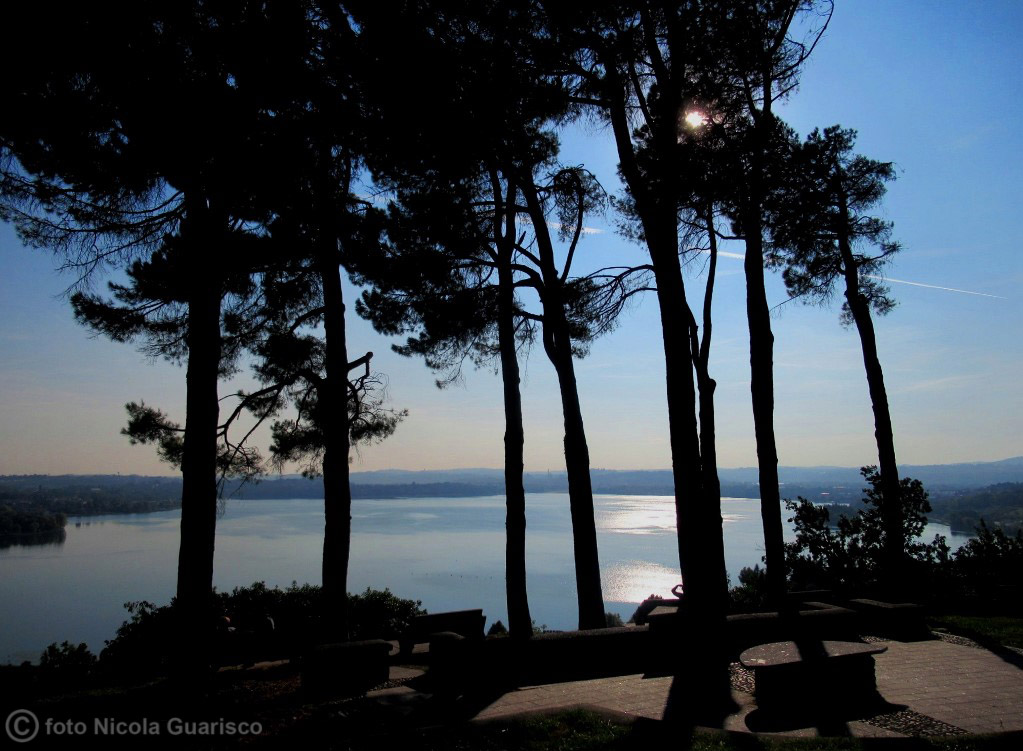
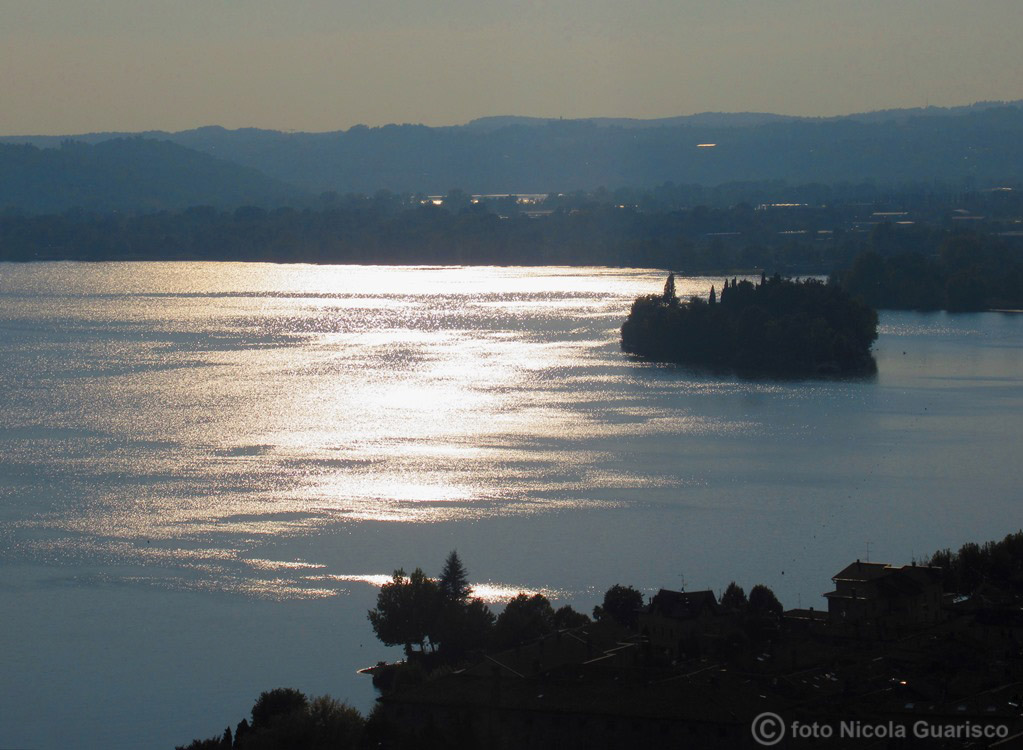 |
|
Lake Pusiano in the sunset (Parco del Roccolo). |
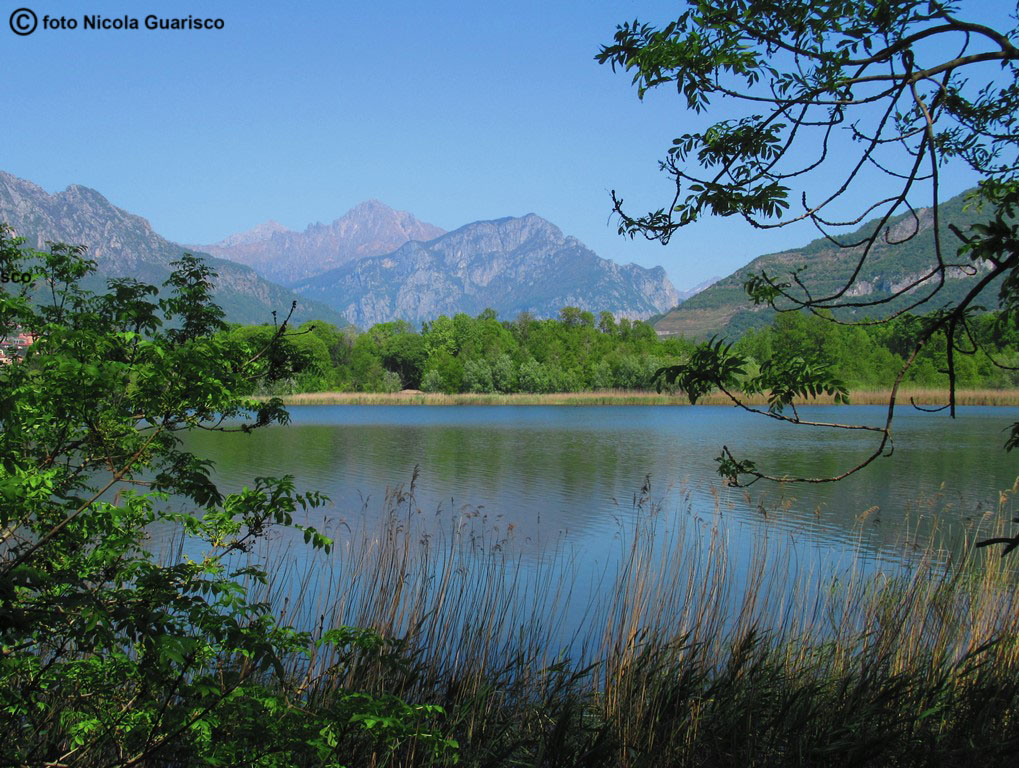
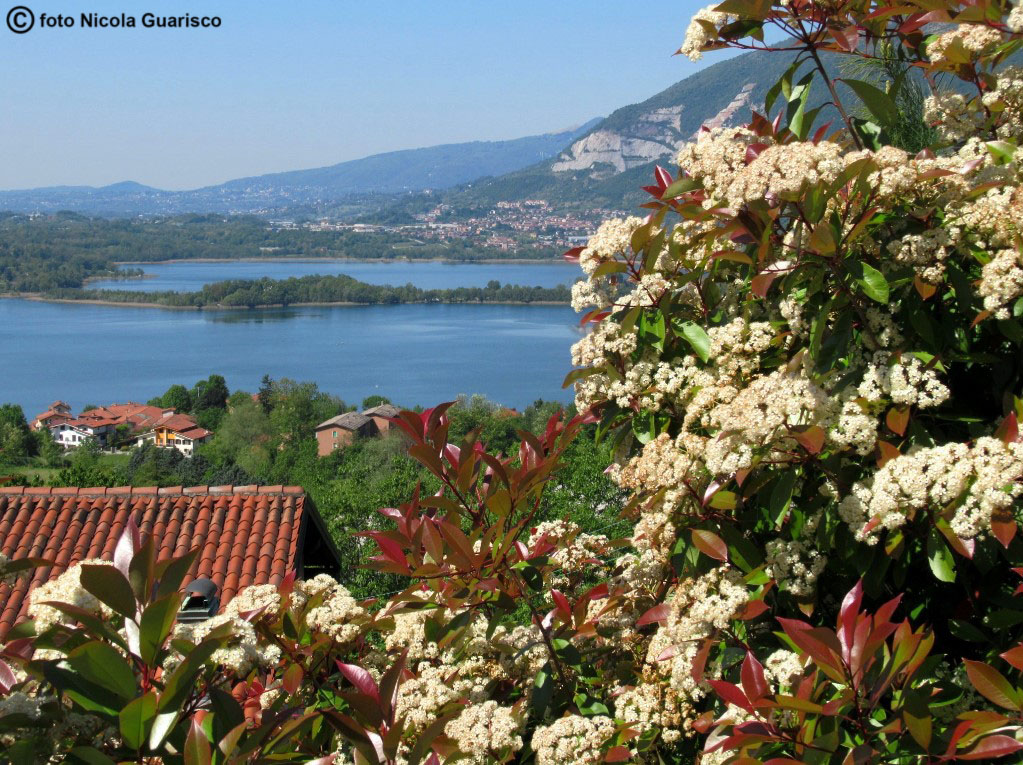 |
|
Lake Annone. View from Oggiono and Galbiate. |
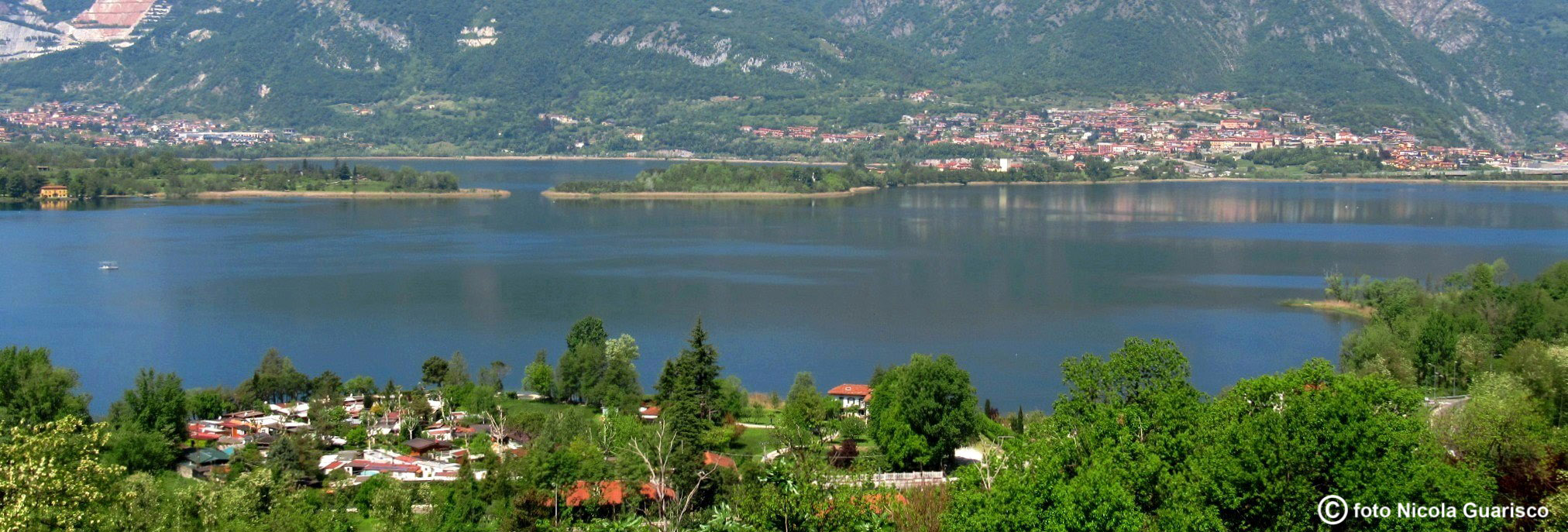 |
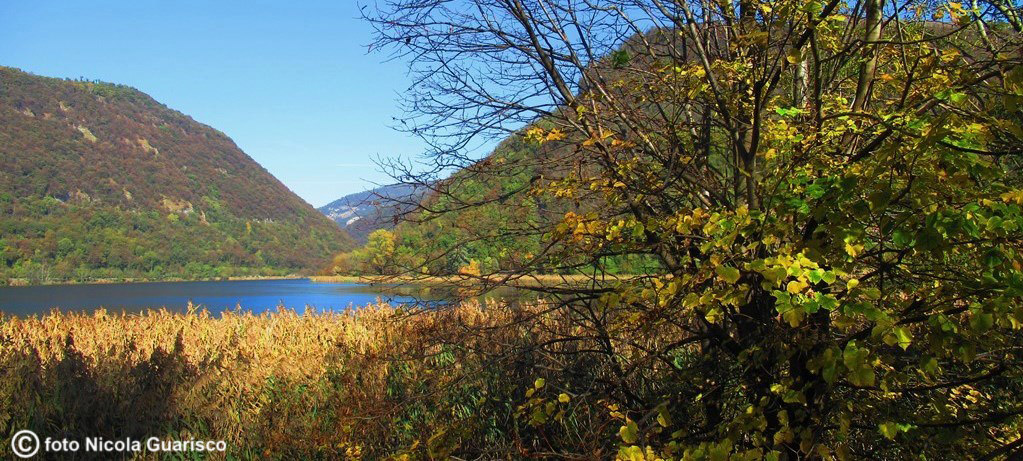 |
|
The small Lake Segrino is the most typical of all the Brianza lakes. It is remarkable to note that |
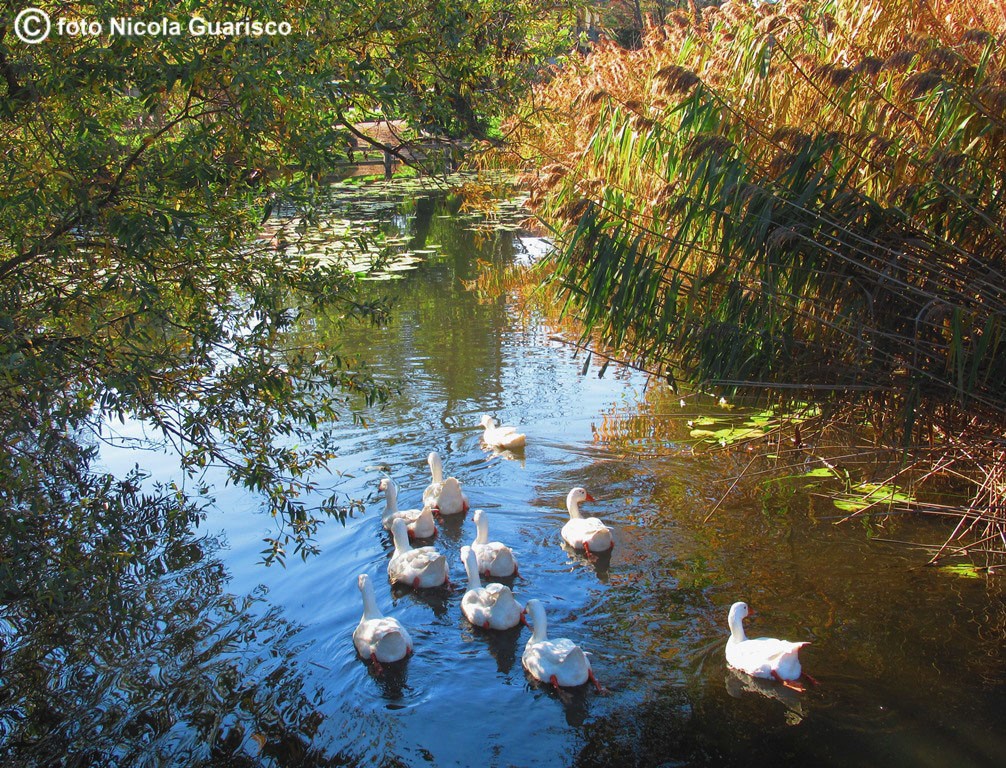
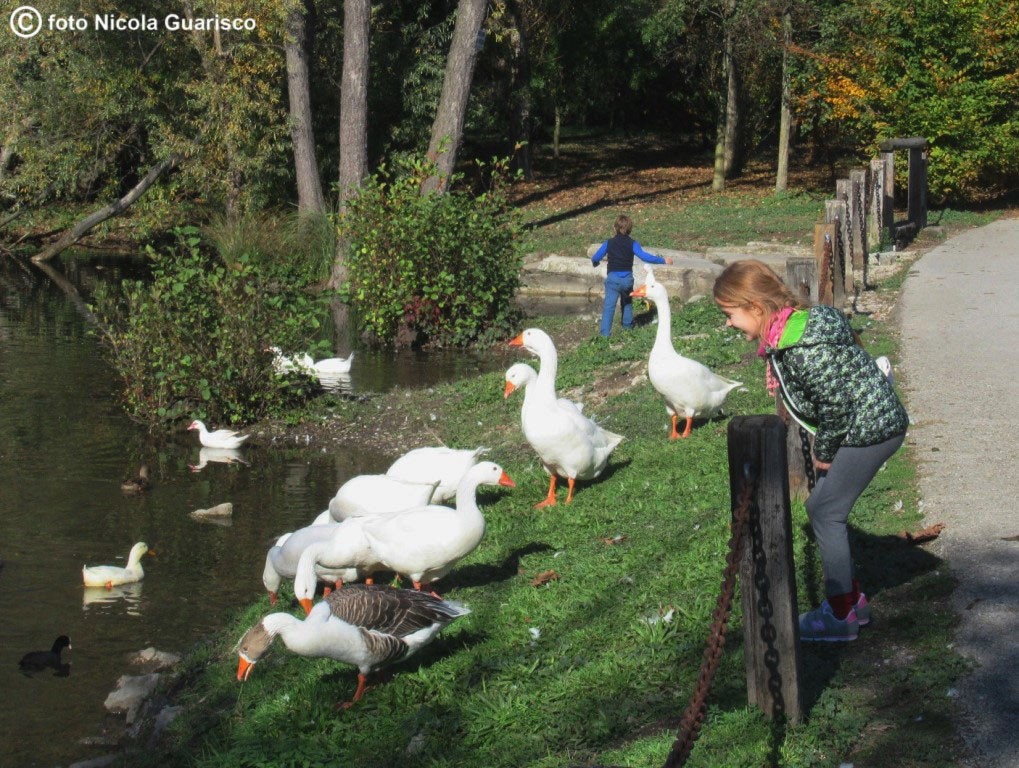 |
|
The animal reserve of the Lake Segrino. |
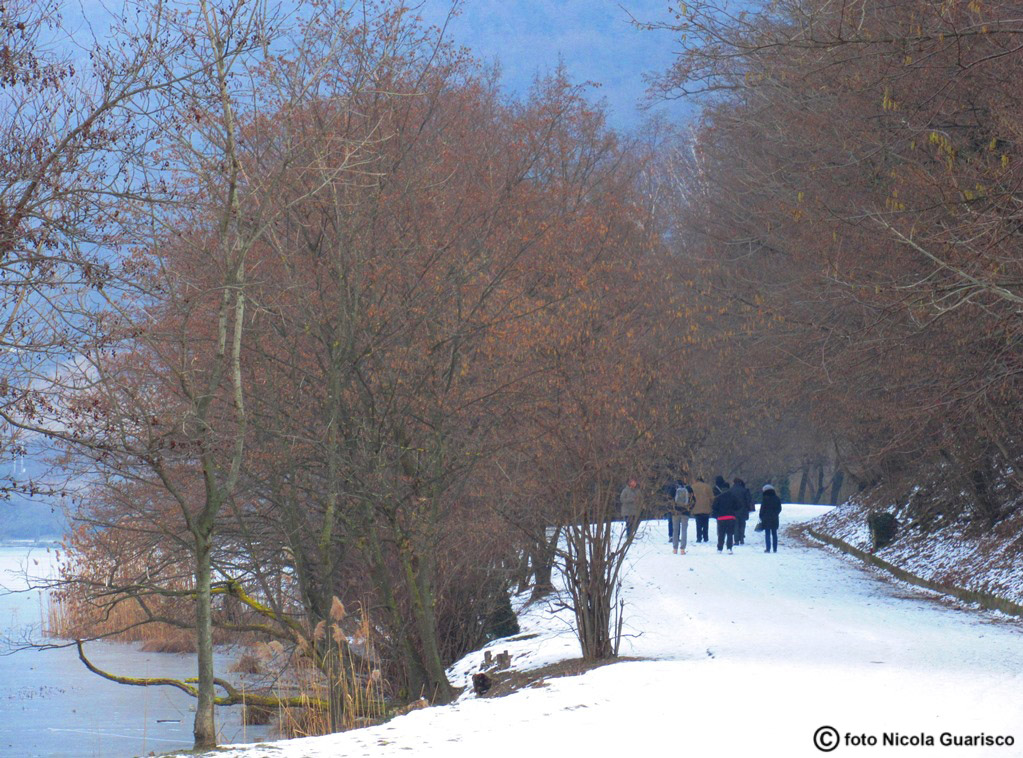 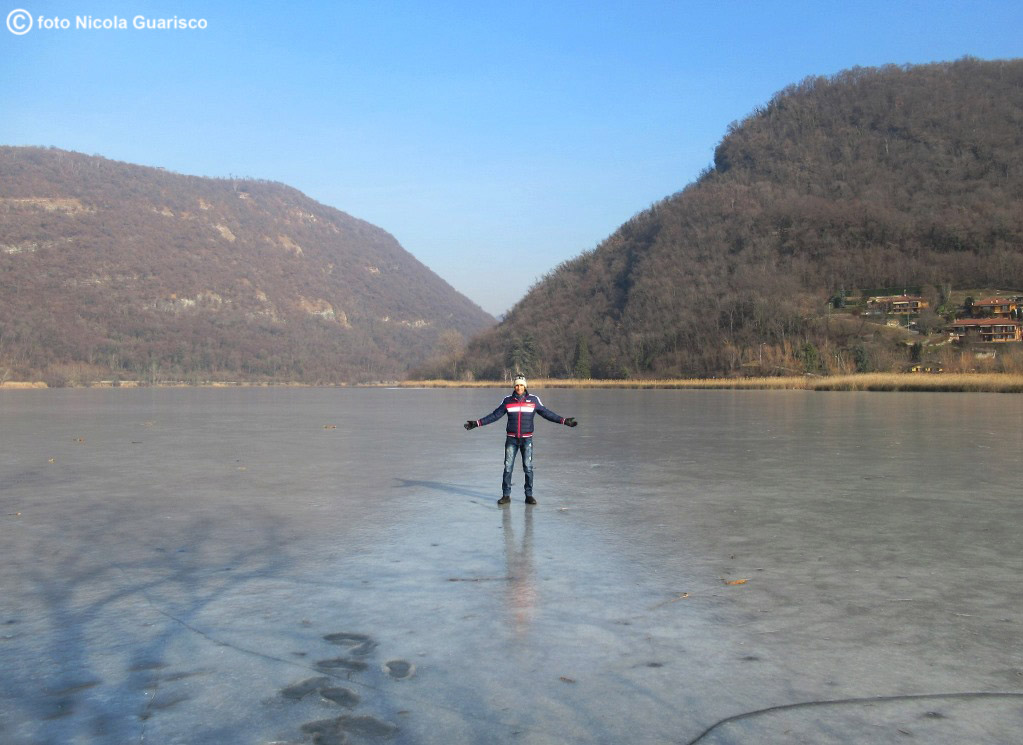 |
|
The frozen Lake Segrino. |
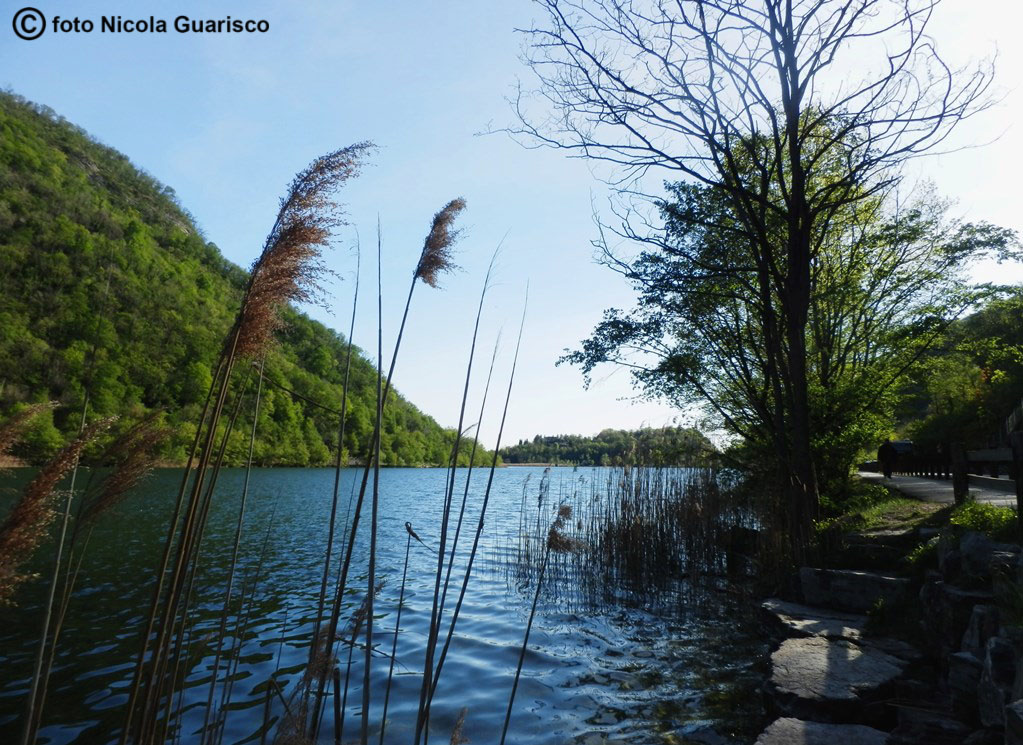 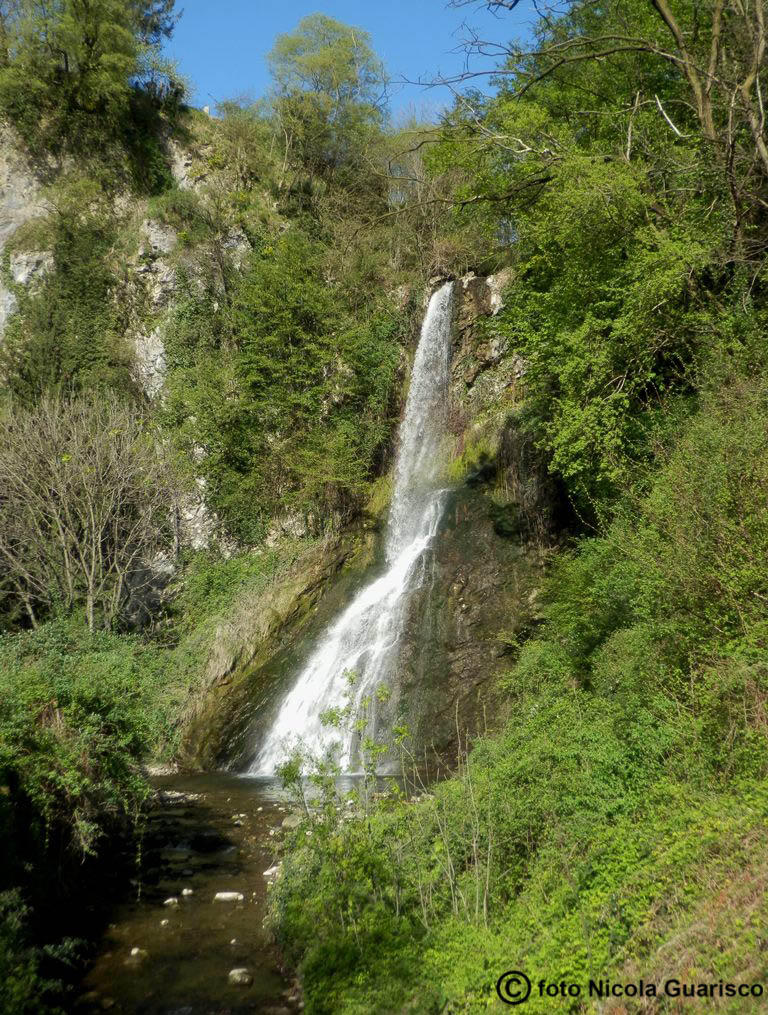 |
|
As you travel north of Lake Segrino along the Canzo-Asso road, which leads to Bellagio after crossing the Valassina Valley, you arrive at the Vallategna waterfalls. Stendhal visited this place on the |
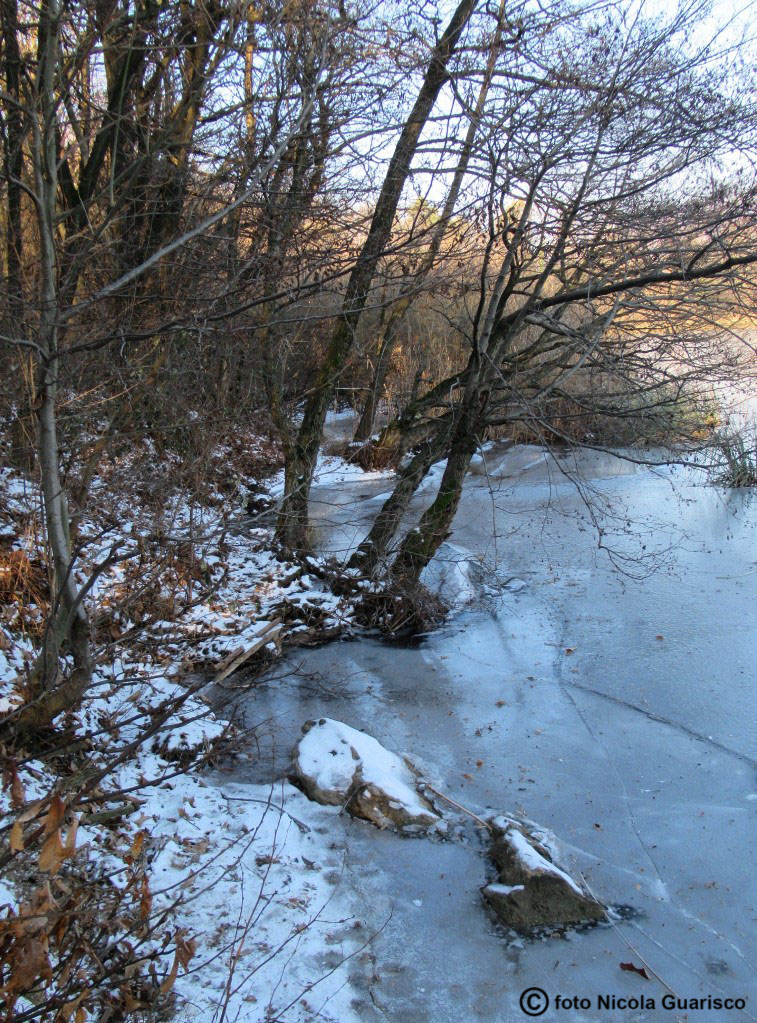
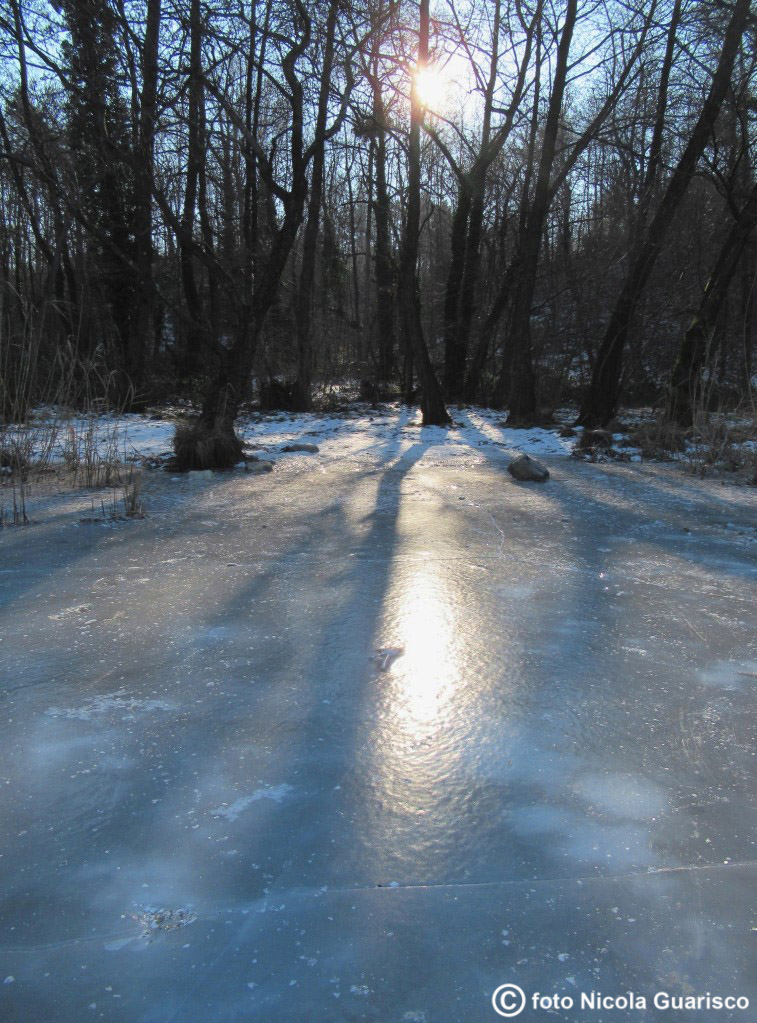
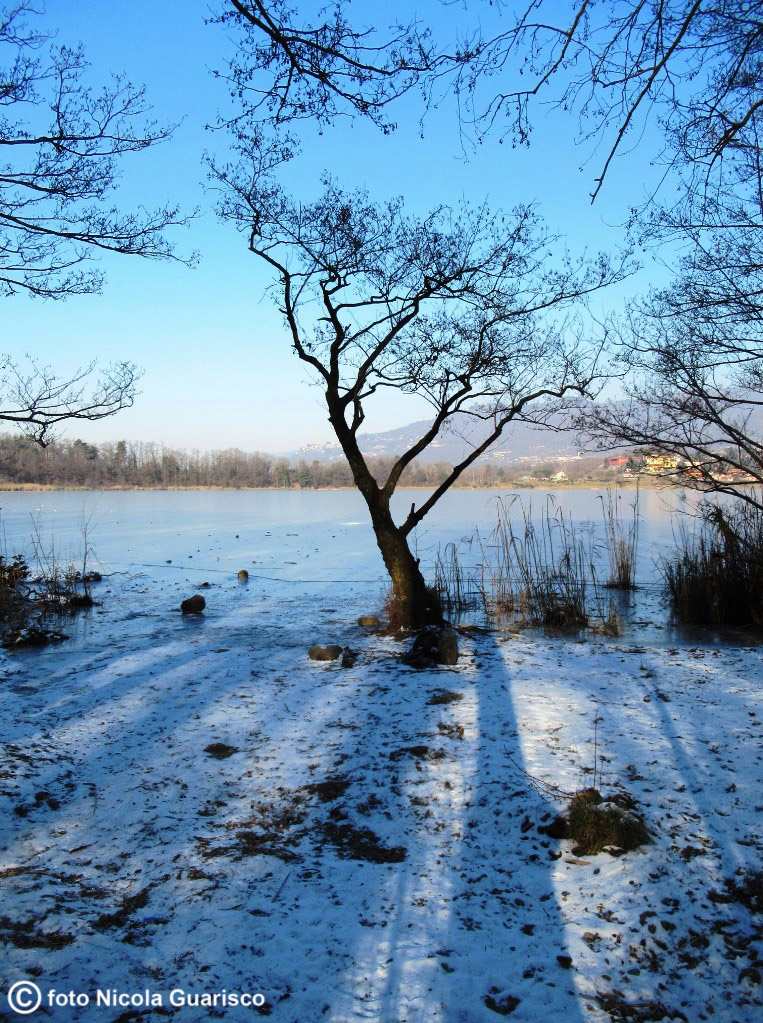 |
|
Walking on the frozen Lake Montorfano. |
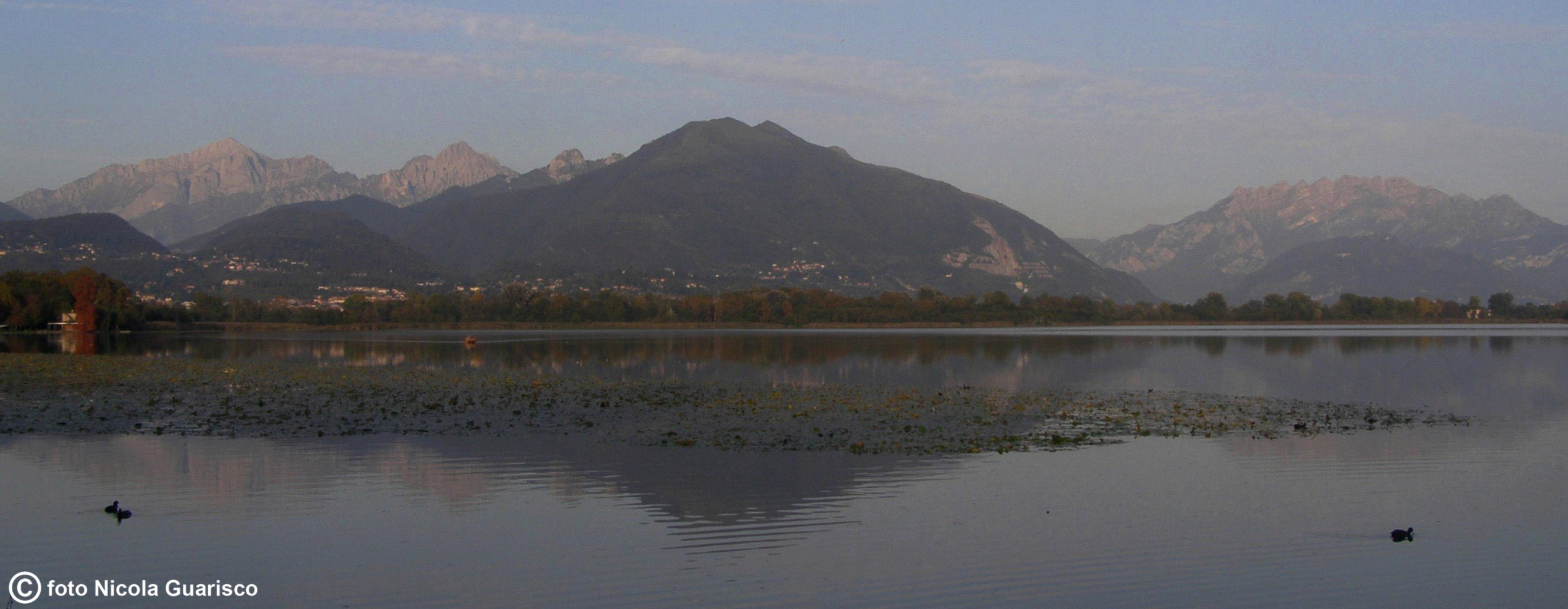 |
|
An autumn evening on Lake Alserio with a view of the rough peaks of the mountains that surround Lake Como. |
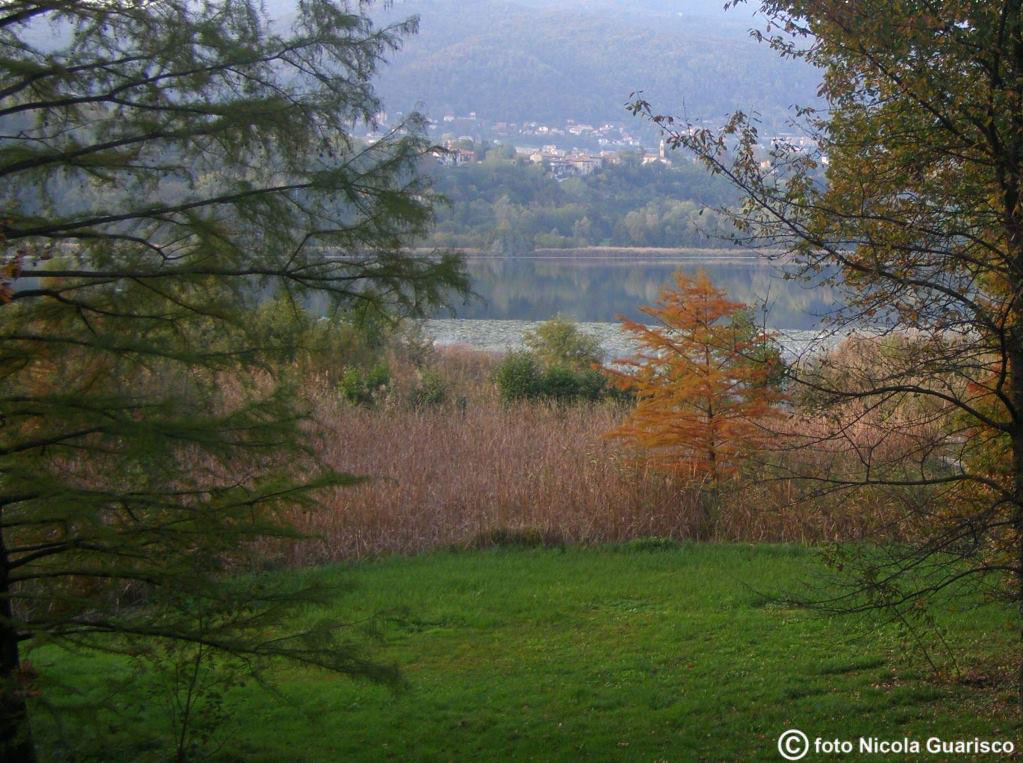
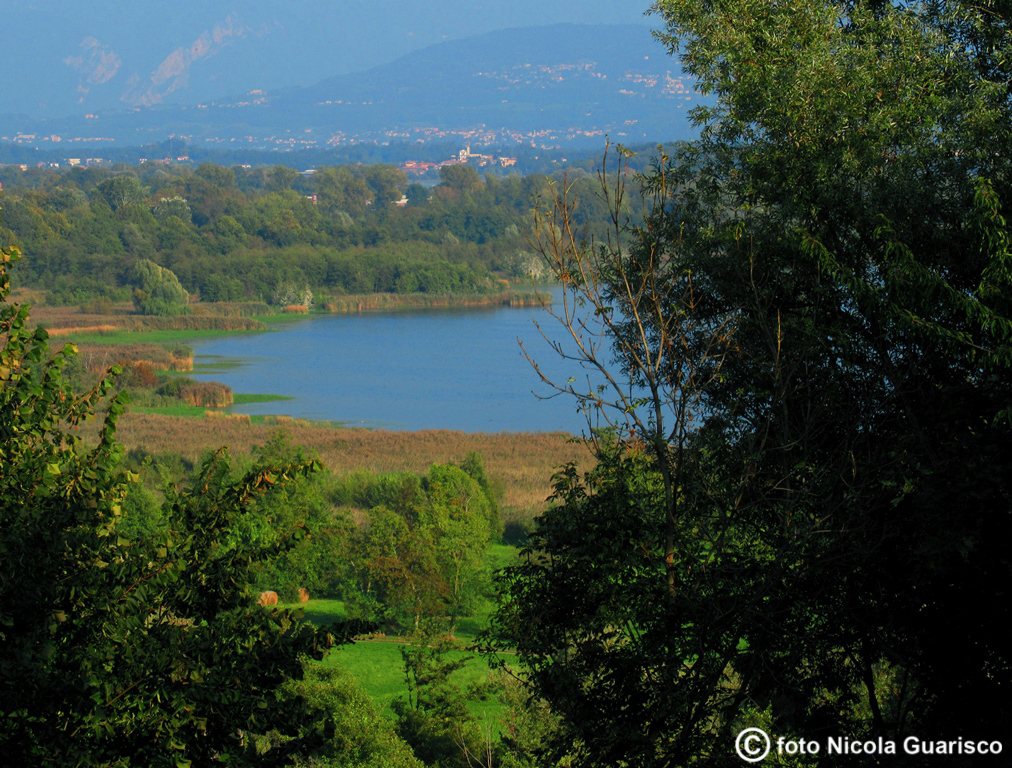 |
|
October along the shores of Lake Alserio. |
| Adda river |
